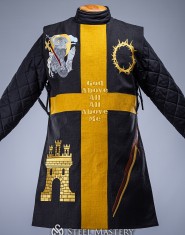Acerca de Vestimenta medieval
Medieval times’ clothing is a door to the fairytale for grown-up people. Long dress or chaste doublet allow you seeing yourself a lovely princess or honorable robber again. However, if we were considering such long dress or costume similar to what we seen in a movie about knights, so adult life allow us to choose of medieval clothing, which really agrees our look, if your soul desire to immerse in the fairytale.
Real medieval clothing deeply varies depending on the region, historical period and social class. So, we will tell about it a little to help you with choice.
Let’s start from separate medieval clothing elements, in particular from the first layer, worn next to the skin - men's underwear & women's underwear. Underdress – chemise – was common element as for men, so for women. It looked like a long tunic, generally made of linen (more rarely – of silk or cotton).
*Fabrics. Getting off the topic, it’s worth to notice that there were two types of basic fabrics for medieval Europe clothing – wool and linen. Even more wool, in the earlier times. Silk and cotton were imported expensive fabrics. However, there were many muttons and easy-to-keep flax fields, so people used what they had.
As to color, bright and deep scarlet, blue, green, yellow and other colors, which you can see on the gravures, were available for quite narrow group of deep-pocketed people. The richer wearer was, the brighter was color of his outfit. Poor men settled for gloomy grey and brown clothing.
Design and cut of medieval costumes is so curious because of objective reason – width of weaver’s loom. There were no wide looms. So, tailors were cutting tricky mosaic of small pieces of fabric. Of course, rich people could afford not to economize, but a piece of good woolen cloth (to wear 3-4 kids) was a generous gift to king from his rich subject.
This chemise went along with any medieval citizen from the birth to death, being a shirt, pajamas, underdress and summer outfit for poor people. Women and children’s models were ankle-length; men’s could be hip-length. Undershirt was wide enough, with long sleeves and short cut on the neckline. Depending on the wealth of owner, it could be very simple or almost completely embroidered.
Though, it was more difficult situation with lower undergarment. Men’s pants called braies and was in use all the time, looking as pants, which could be long or short (almost bikini-style) and varied by width. However, women did not have such piece of clothing for a long time. There are discussions about it up to now, but there are still no conclusive proofs of wearing of pants by medieval women. But, there is a picture, showing a woman in braies as an implementation of violation of human and holy laws.
Next clothing elements are chausses and pants. Here, we come up with one of the most interesting paradox of male clothing – pants-amnesia. In the Early Middle Ages, men wore pants in all regions of North, Central and South Europe. But, they forget about them to the X century. Mysticism and that's that.
Men were dressing up in braies and chausses – long stock of thick fabric, which were fastened to the belt with strings. Women wore chausses as well, but shorter models – a bit higher than knee. Such stockings were held with lacings on the legs. Quite often, they wore two pairs of chausses - upper woolen and lower linen.
This mess was lasting until the XV century, when Italian fashionists “revolutionarily” sewn together two halves of long chausses and got… pants. Hereafter, pants were developing in natural way, becoming tighter/wider, longer/shorter, depending on the fashion. Though, women got pants to their wardrobes later on, only thanks to suffragists’ movement.
Shirts, tunics, cottas are the next layer of early medieval clothing, one after underwear. This basic early medieval clothing, mainly sewn of thick wool, was worn over chemise. But, the rule of owner’s wealth worked here too: silk, velvet or brocade fabric could be used for sewing. The same situation was with decoration: from pure fabric to the gold-broidered embroidery all over surface. Men wore tunics and cottas more often and they were the only who wore it after XI century (however, peasant women were wearing it later too). Total length and length of sleeves could vary. Later on, doublets and its analogues replaced cottas and tunics.
Choosing men's overclothes, you have to remember that there is upper and high-status male medieval clothing, from doublet to gown. Peasants did not wear clothing like that, as for sewing they would require quite much expensive fabric and good work, thereby high priced tailor. Main rule in choosing: the more honorable, elder and wealthier your character is, the more clothing like this you have and the longer it is. Whether young man from decent family could dress up only short doublet (tight mix of jacket and undercoat), so his father did have to wear long gown (a hybrid of coat and soutane). This rule was general for all Europe. Of course, there were rich old fellows who wore short doublets too, though they didn’t inspire respect.
Peculiar clothing for tournaments and wars, such as tadards and cotte-de-arms are standing apart. There were expensive knight clothing with sewn coat of arms.
If you don’t have time to match separate elements of costume, but urgently need ready one, you can find all you need in category “Men’s medieval costumes”. There are models for any taste, from jester’s clothing to knight’s. Depending on the period and region, clothing differed fundamentally, but had base features: men's underwear, chausses/pants, shirt/tunic/cotta/doublet, headwear, overclothes/cloak, and boots.
Bright and classy landsknecht's costumes stand apart here. These German contract fighters of the XV-XVI centuries were more fashionable, than any women were. Born and raised in the lower orders, they spent fair amount of money for clothing, wishing to look no worse than a king. Their showy costumes are quite comfortable and will be perfect for any themed event.
During cold season, representatives of all classes and region of medieval Europe wore cloaks and capes - medieval winter clothing. Cloaks usually were sewn of wool, and served as upper clothing and blanket. Besides, cloaks were status element of grand people’s clothing, whatever the weather. In that case, it could be sewn of luxury fabrics and decorated with embroidery, fur or laces. Design could vary from simple fabric squares to the complicated models with hoods, which looked like modern coats.
As to the women's dresses, the most beautiful subject of medieval period clothing, so it had one common feature – length. Starting early medieval dresses, which were almost identical to men’s tunics and cottas, but longer and wider a little, medieval female clothing became more slim-cut (though, waistline was travelling up and down, from breast to hips); skirt became more splendid, sleeves also had various length and design. And, as for decollete, it did all sorts of unspeakable things, but skirt length did not rise above ankles (mostly, of peasant women’s dresses).
The most expensive fabrics and the most beautiful trimming were used for women’s dresses (of course, in accordance with social status and welfare). Royalty set fashion and even the poorest girl tried to follow it. However, many decorative things, such as long hanging sleeves, train or too narrow corset were prerogatives of grand people.
Category “Viking clothing” with ready sets of Vikings’ clothes from medieval times for any age and social status will be a real lucky find for women who would like to be Nordic beauties. There are sets of chemises, dresses, hangeroks and belts, headwear, belts and accessories.
Medieval European men’s and women’s headwears were multivarious – not too many costume parts were changing so much. When it comes of men, hoods and chaperons, tyrolean hats, berets and hats with wide flaps replaced tight Eastern European and Viking caps. Ladies started from kerchiefs, and came to chaperons, hoods and tyrolean hats. Then, there were hennins, snoods and hairnets, and the most bizzare and complicated hats, which medieval fashionists could even image.
We cannot but mention such an important part of authentic medieval clothing as accessories.
Belts with various belt mounts, and also cast buckles and cast belt sets for aficionados are must-have elements of any real medieval clothing. In the Middle Ages, belt was not just a simple pants’ suspender. It could tell about class and status of owner; it could cost a fortune and adorn even the simplest costume. Starting from the fabric models, crafters were making it of leather. Expensive models could be made of silk, velvet or brocade. Warriors’ costumes were adorned with good knight belts, with metal plaques on the leather base.
Buttons, hooks, pins were not only devices for fastening, but also fancy and valuable items.
In Viking times, brooches and fasteners were hammered out of gold and silver and adorned with gemstones. Though, common people were wearing iron and brass accessories.
Badges were true attires, but did not have practical use.
Bags were changing during the centuries. Though simple bag, made of square piece of cloth, were always in use. Other models had a form of more complex decorated pouches, beautiful belt bags of thick leather, posh ladies’ aumonière of silk and gold-cloth.
Some pictures for this article were taken from web, so we do not pretend to be owner.
Medieval clothing divides:
Medieval male clothing
- costumes
- underwear
- men's fantasy costumes (larp)
- tunic
- shirt
- men`s jacket
- men's overclothes
- men`s pants
- medieval head covering
Medieval female clothing
Renaissance clothing:
Also, one should not forget about such period of medieval fashion as Renaissance and its unrivaled outfits and costumes.
Renaissance – one of the brightest periods of the Medieval Times clothing.
Renaissance outfits give us information about the place of the person in the medieval period society.
Renaissance women's dresses
- Kirtle - european dress of XV century
- English dress of the XIV-XV century
- Italian Renaissance dress, XV century
- Florentine dress
- Burgundian gown, XV century
- German dress, XV-XVI century
- Burgundian dress, 14th-15th century
Renaissance men's clothing
- Italian Renaissance men’s costume, XV century
- Burgundian men's suit, XV century
- Costume of knight, XIV century
Landsknecht:
Landsknechts, sometimes also known as Landsknechte were German mercenary soldiers with a controversial reputation. The most distinctive feature was colourful and bright clothing of these soldiers.

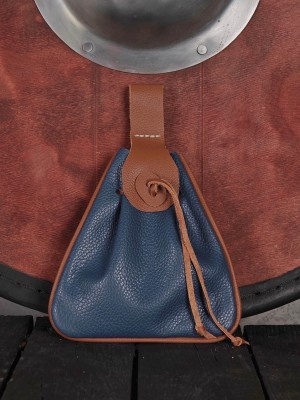
-0-3-0-1-3-300x400.jpg?v=1746523880)
-0-3-0-1-3-300x400.jpg?v=1746523880)


-0-3-0-1-3-300x400.JPG?v=1746523880)









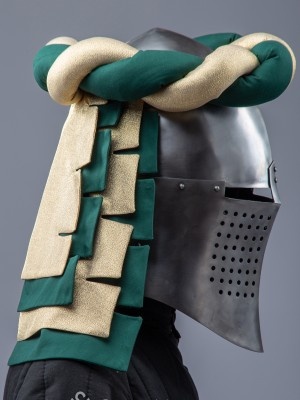




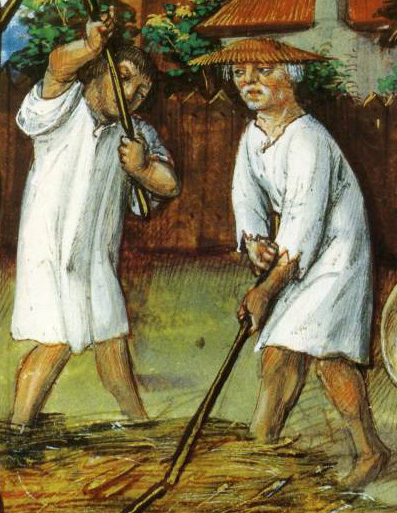
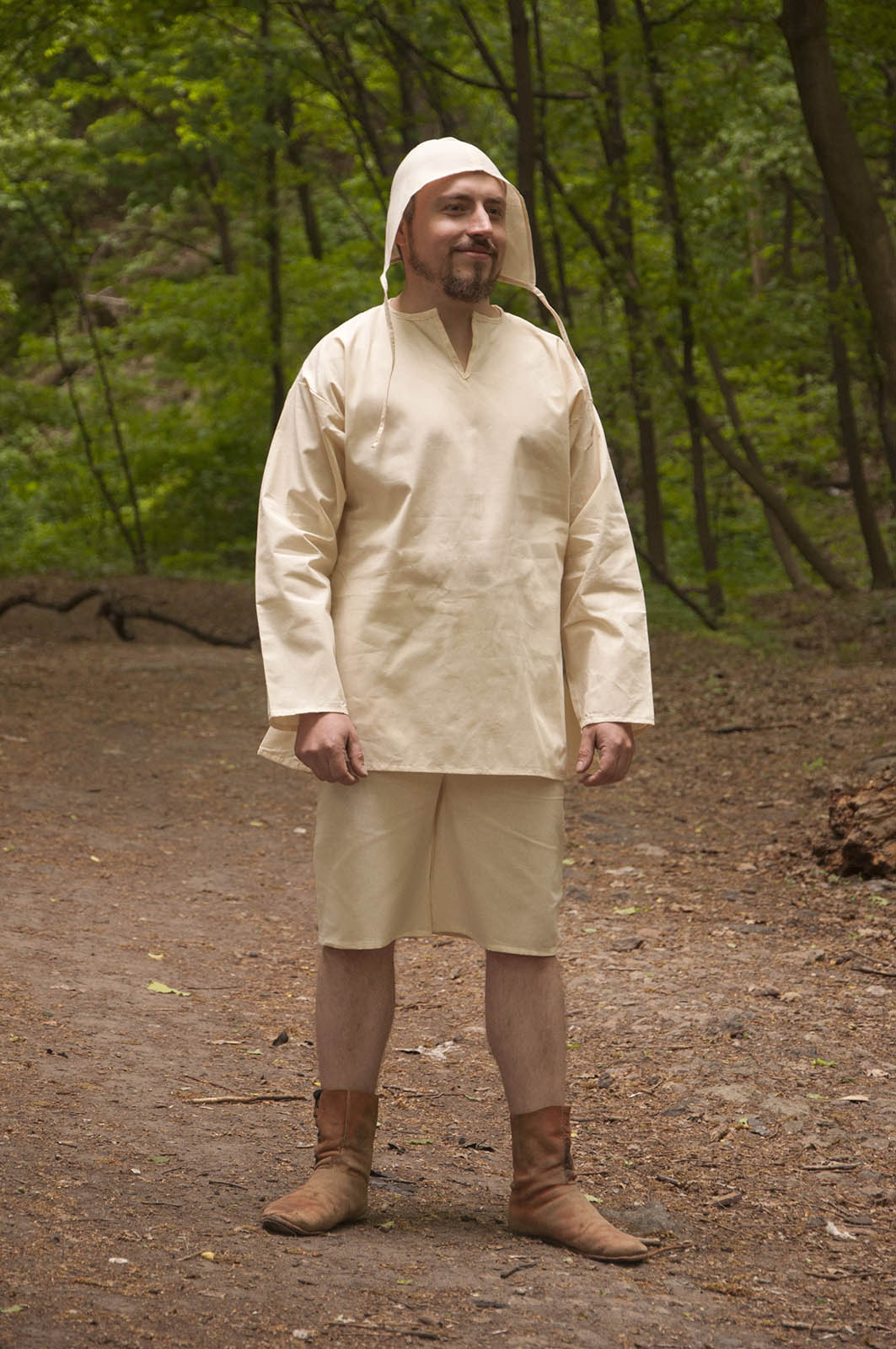
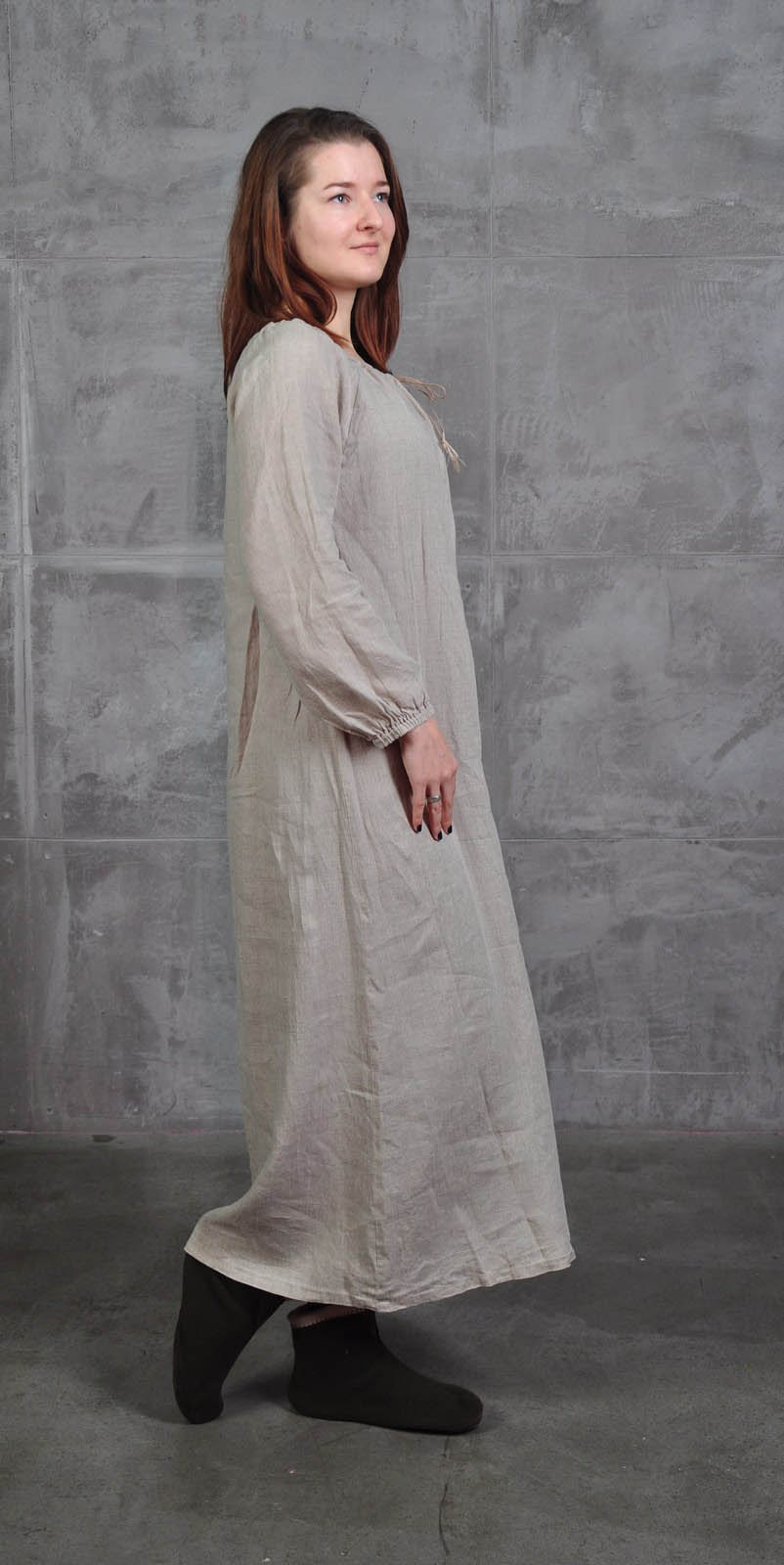
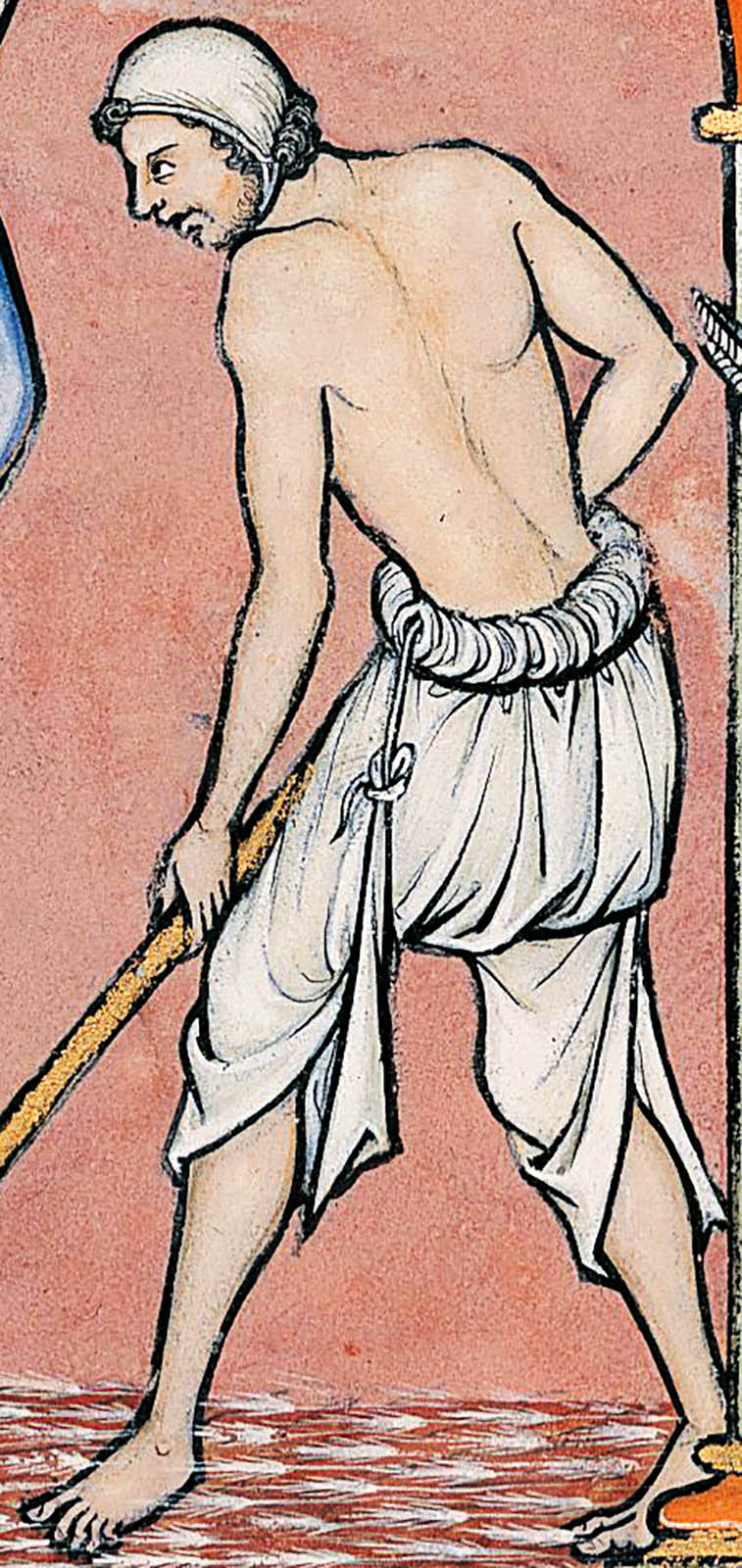
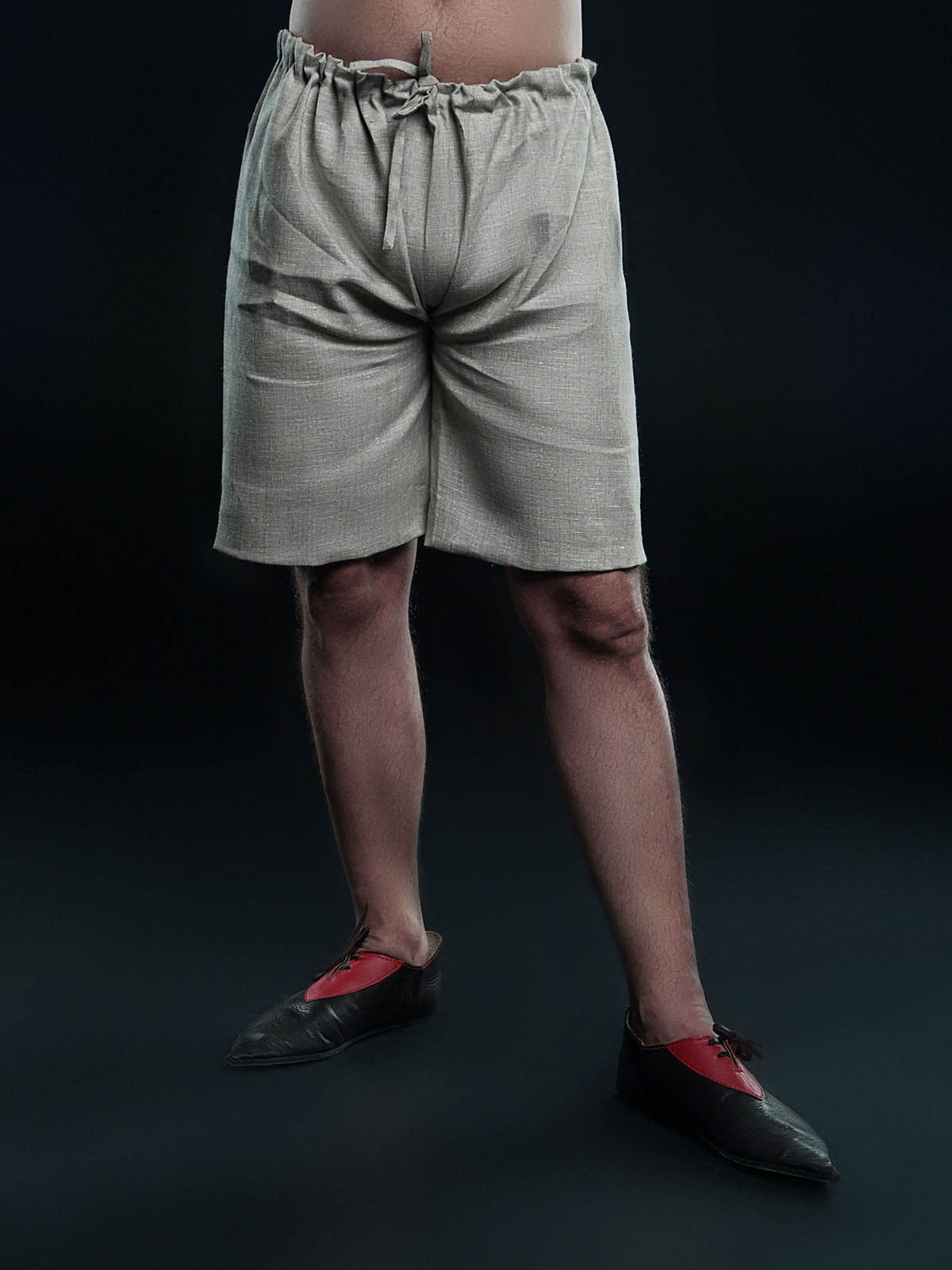
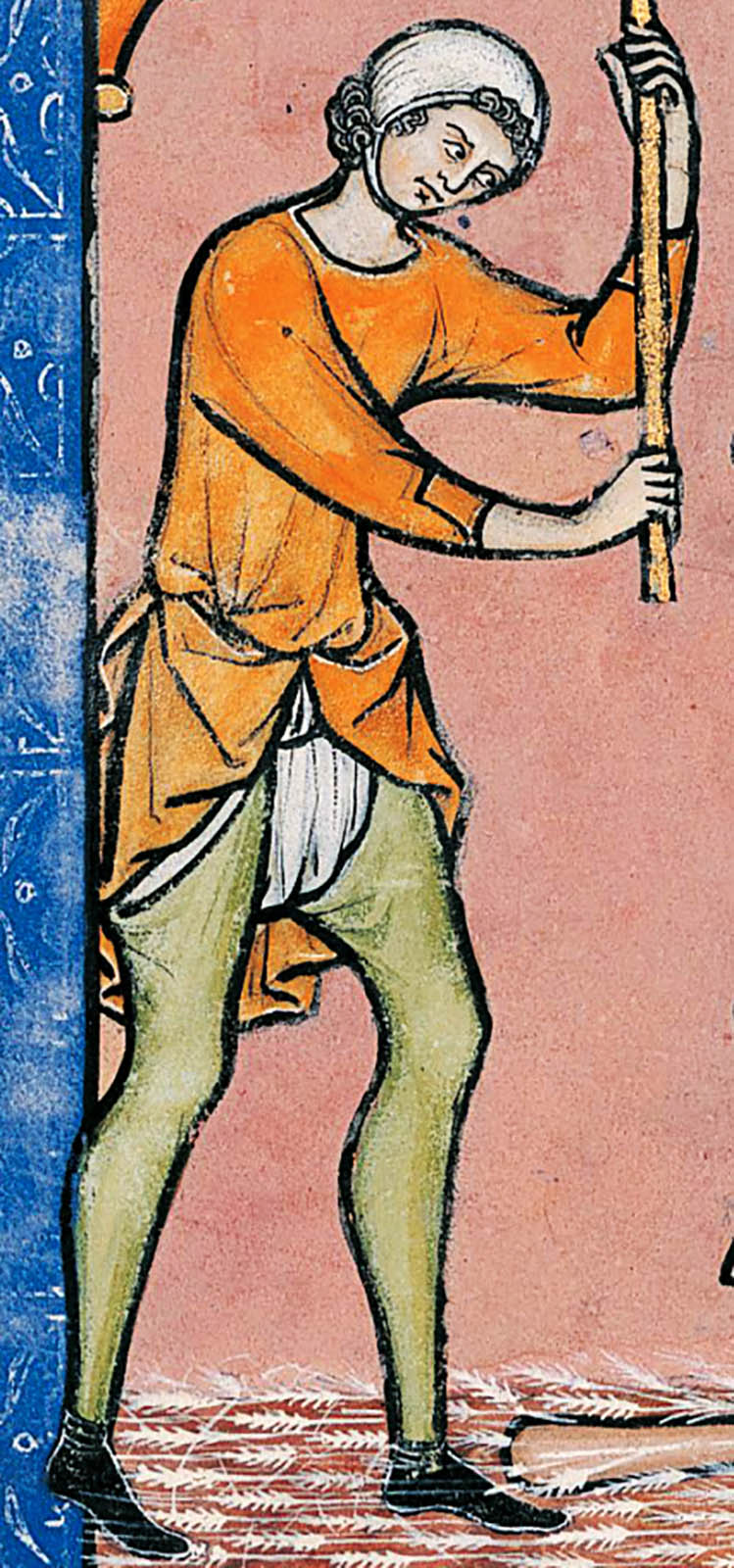
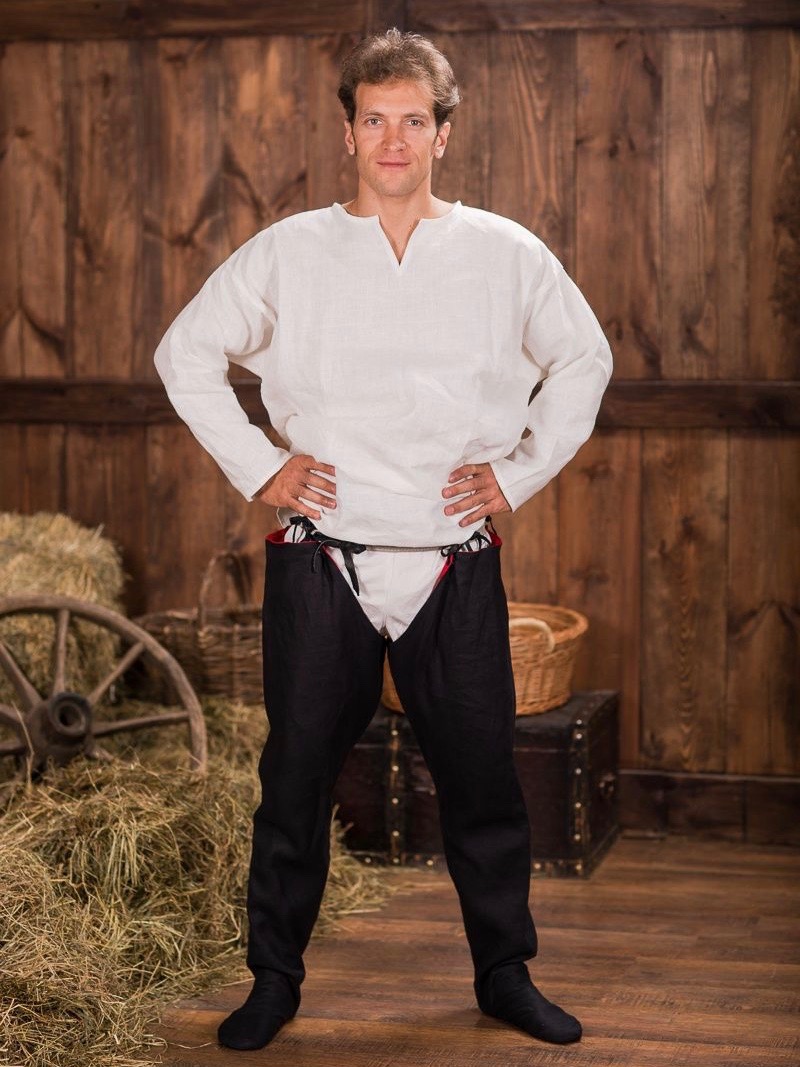
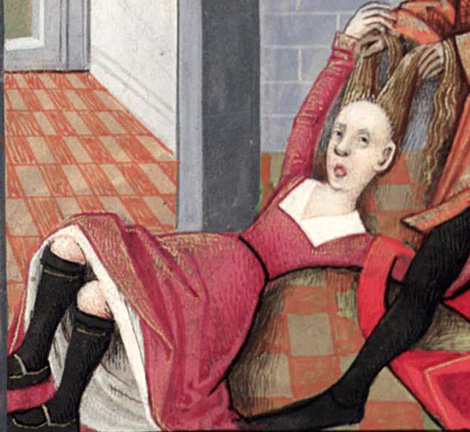
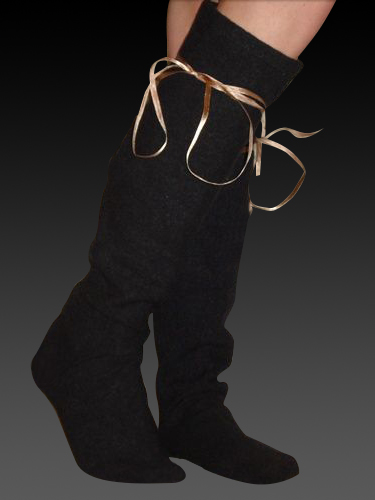
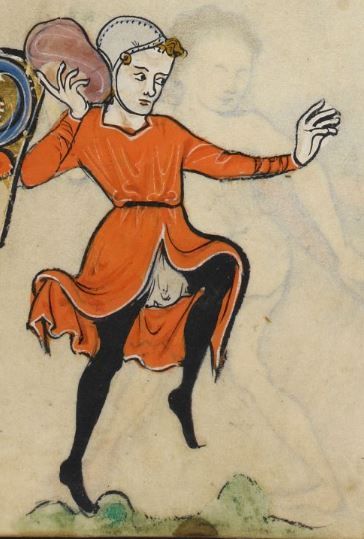
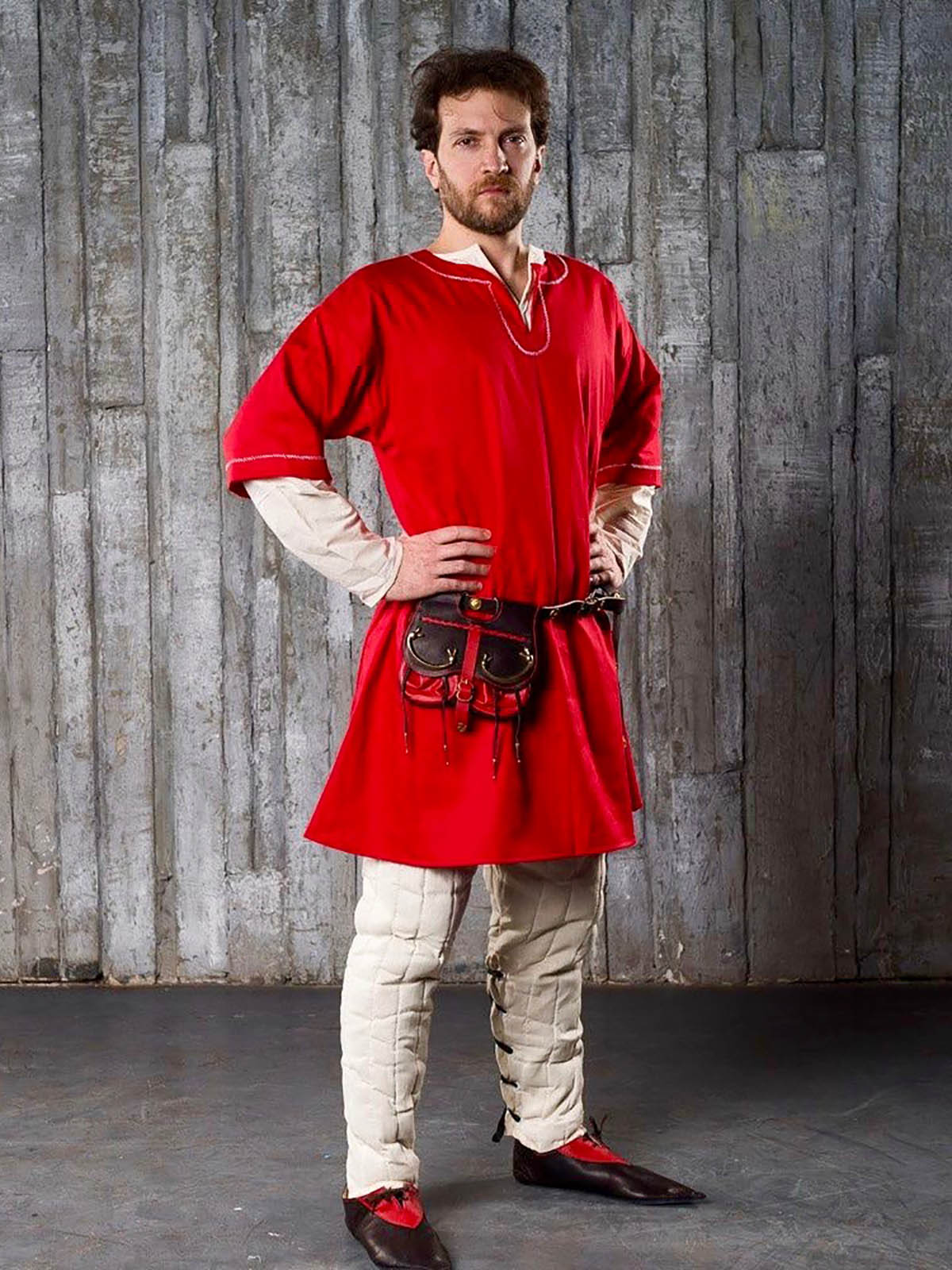
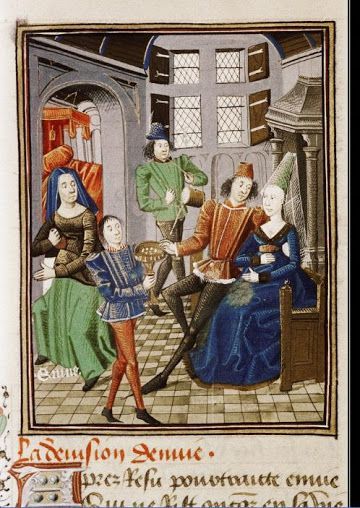
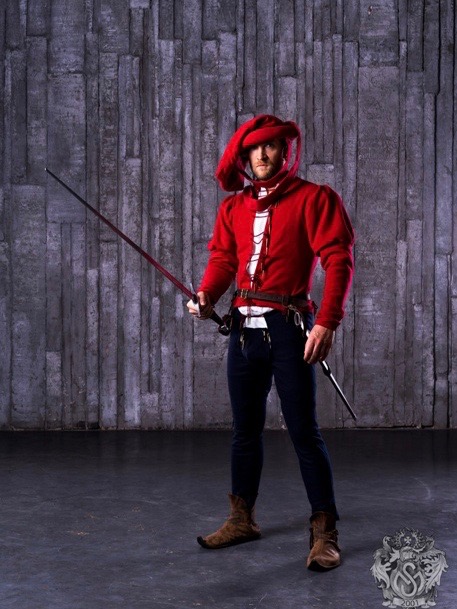
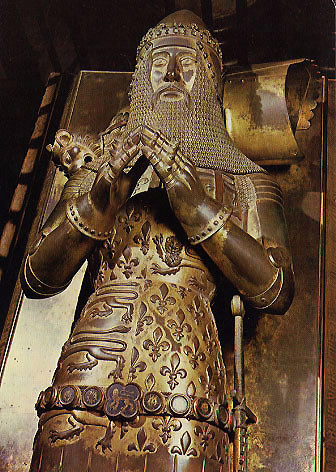
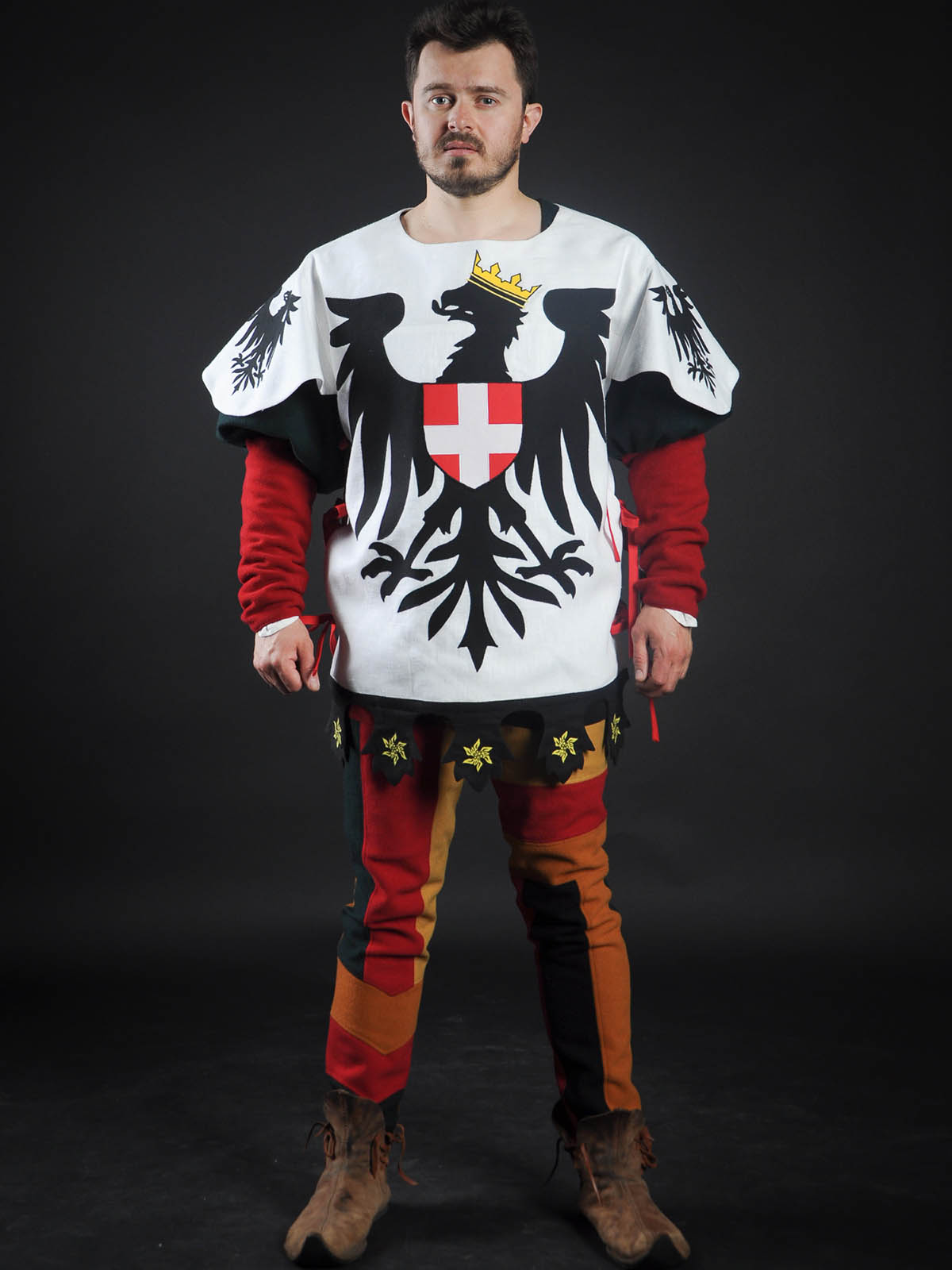
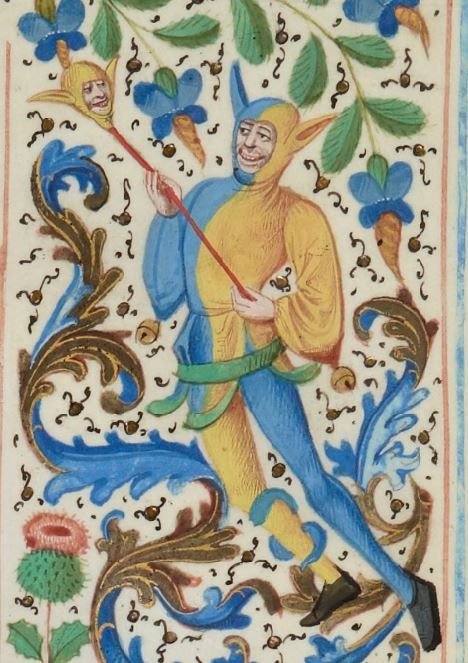
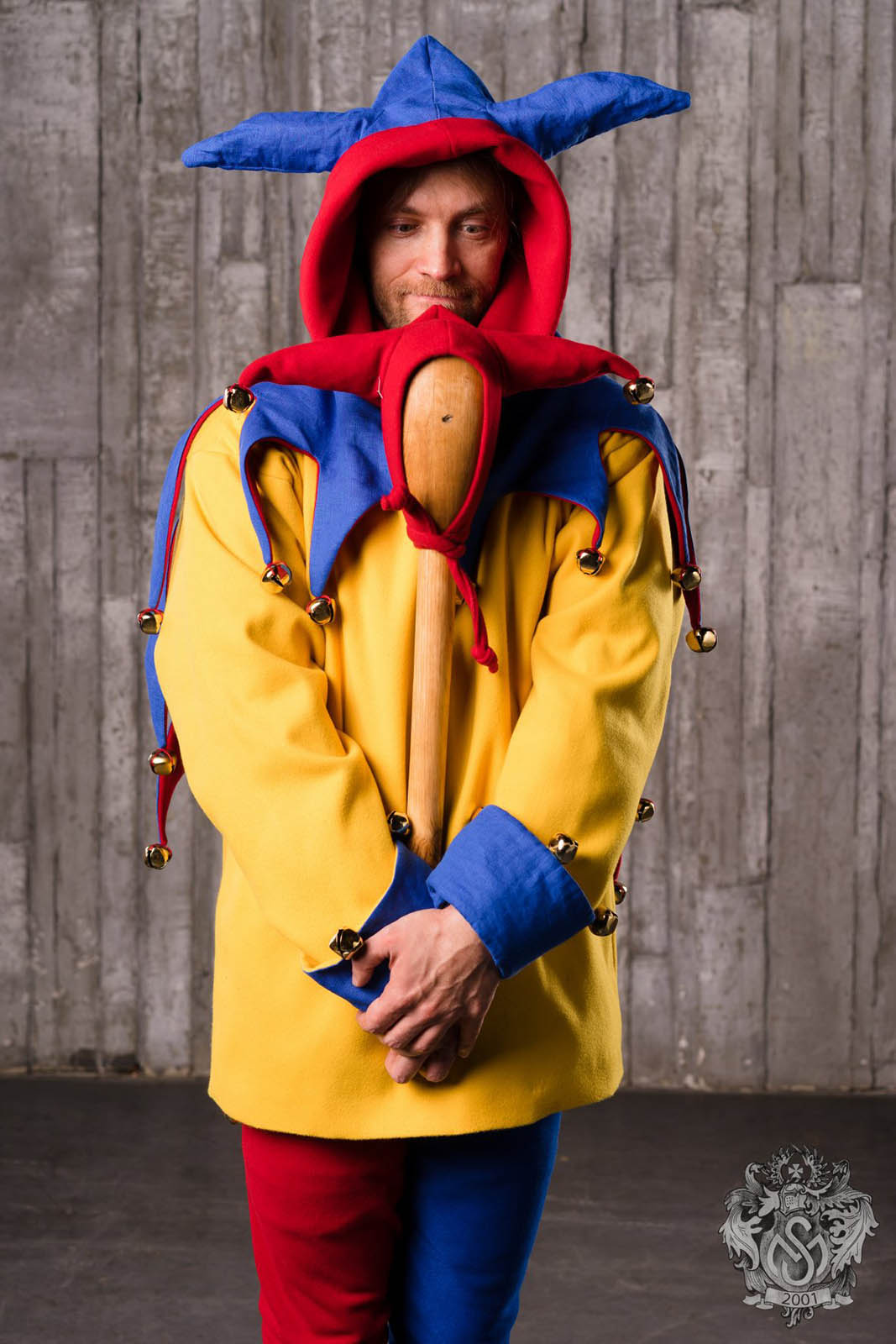
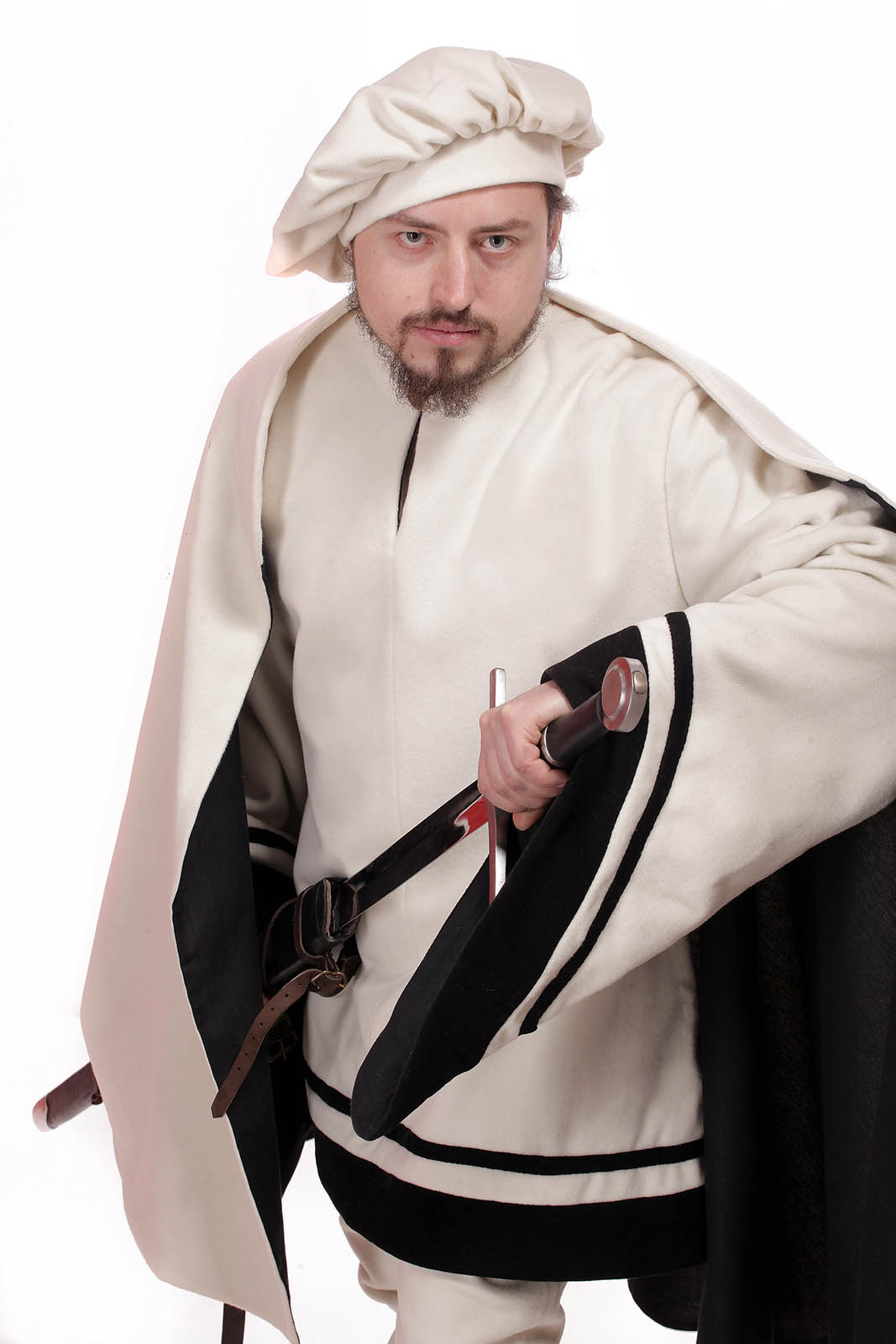
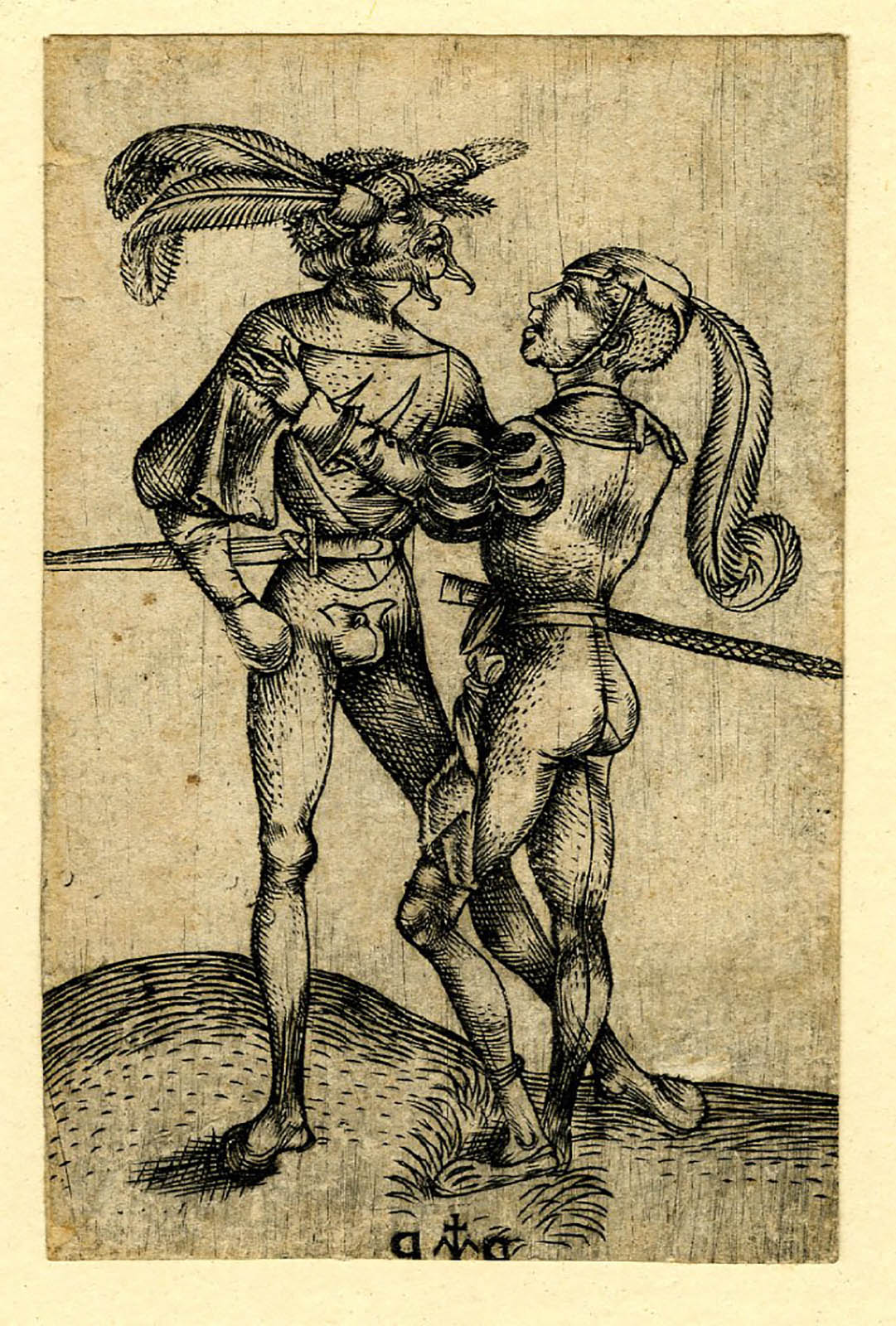
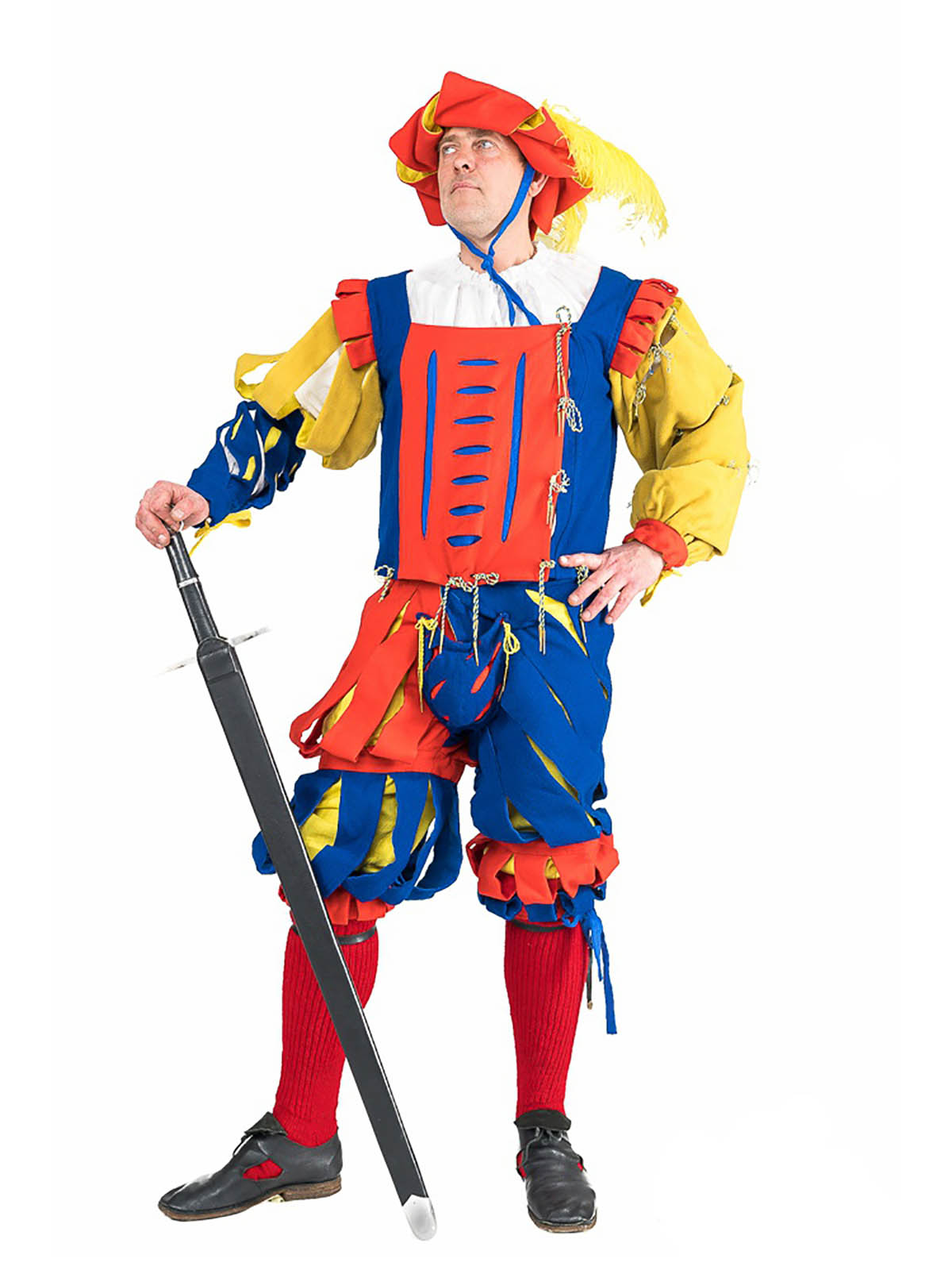
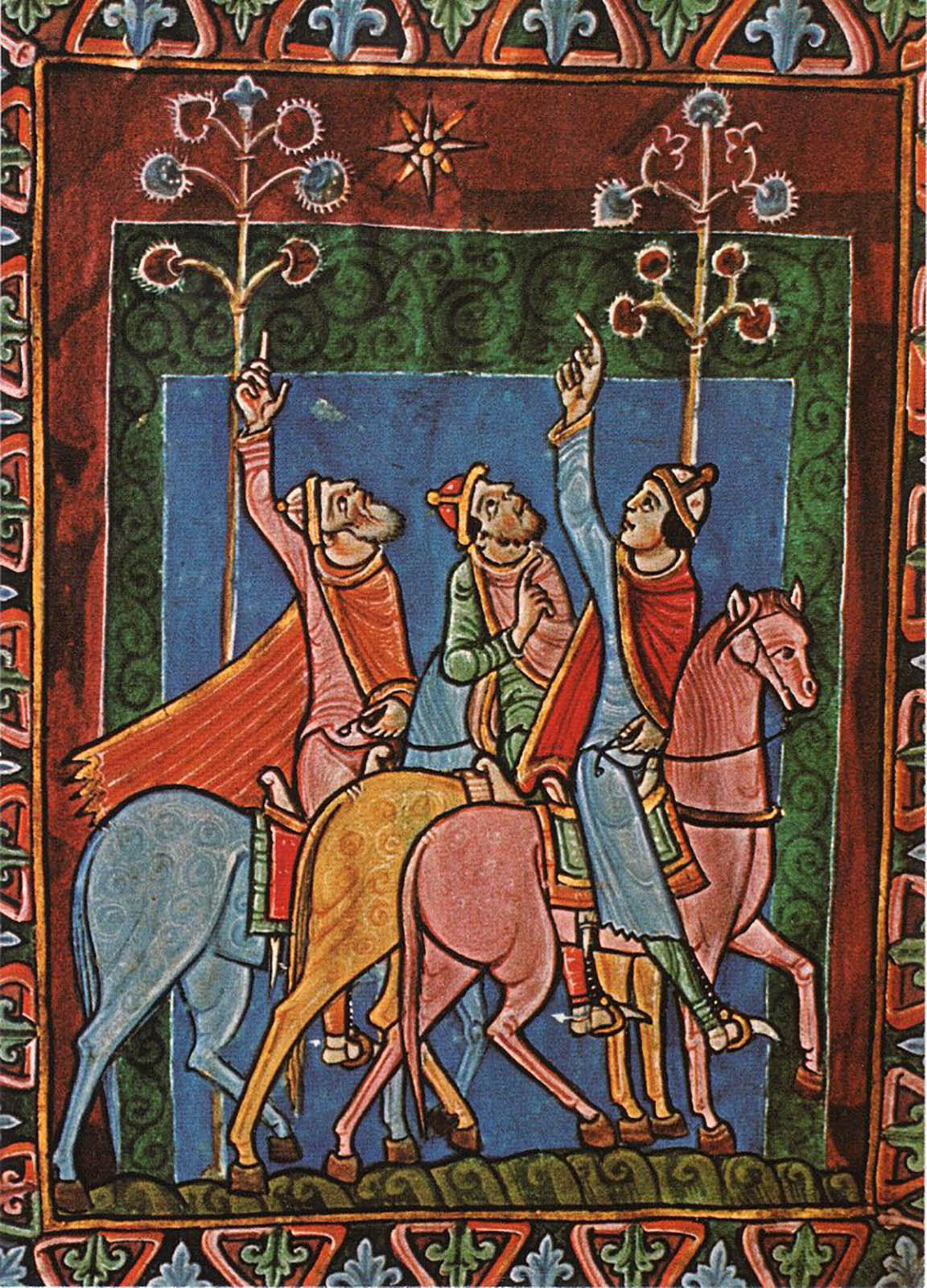
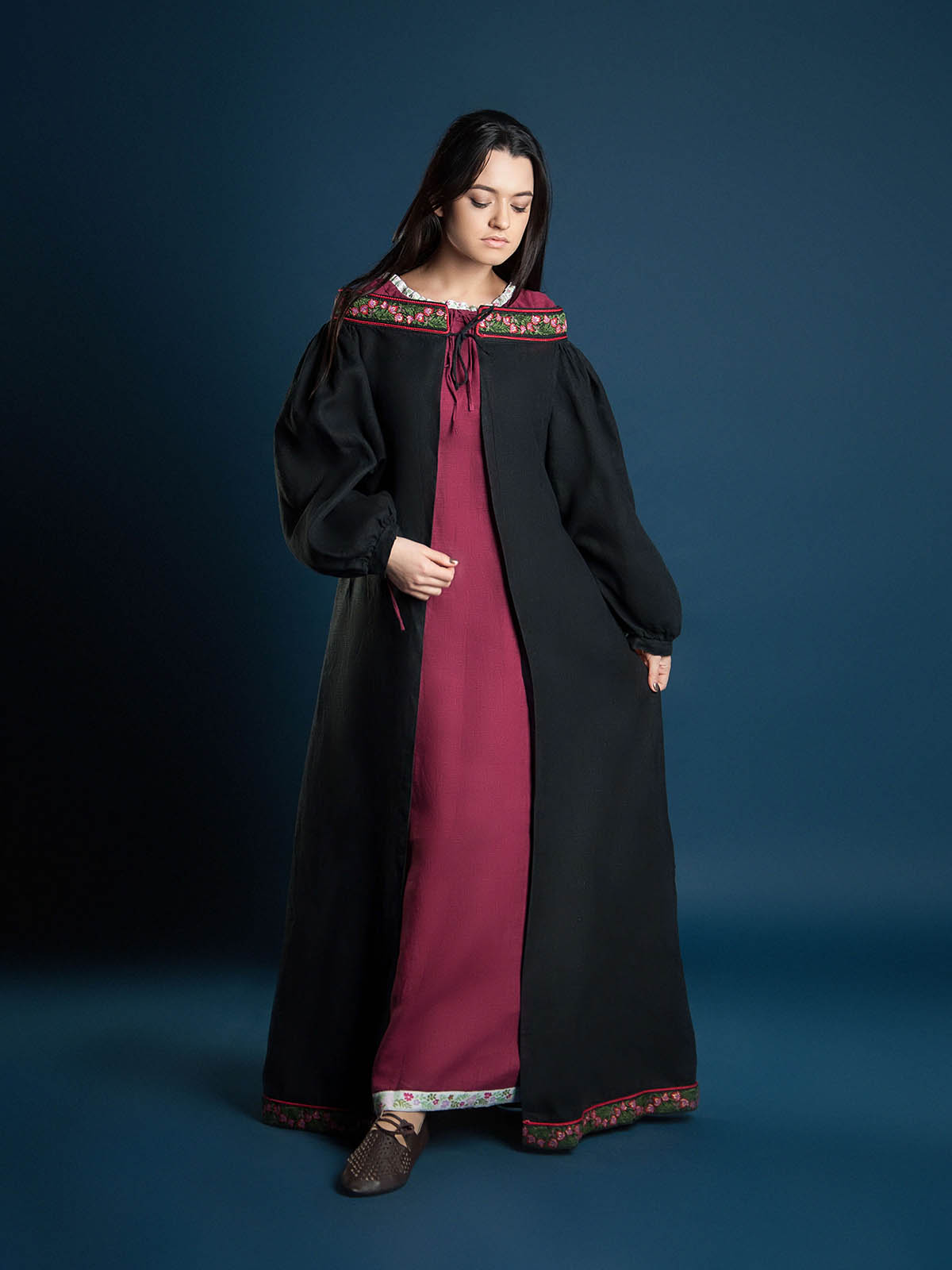

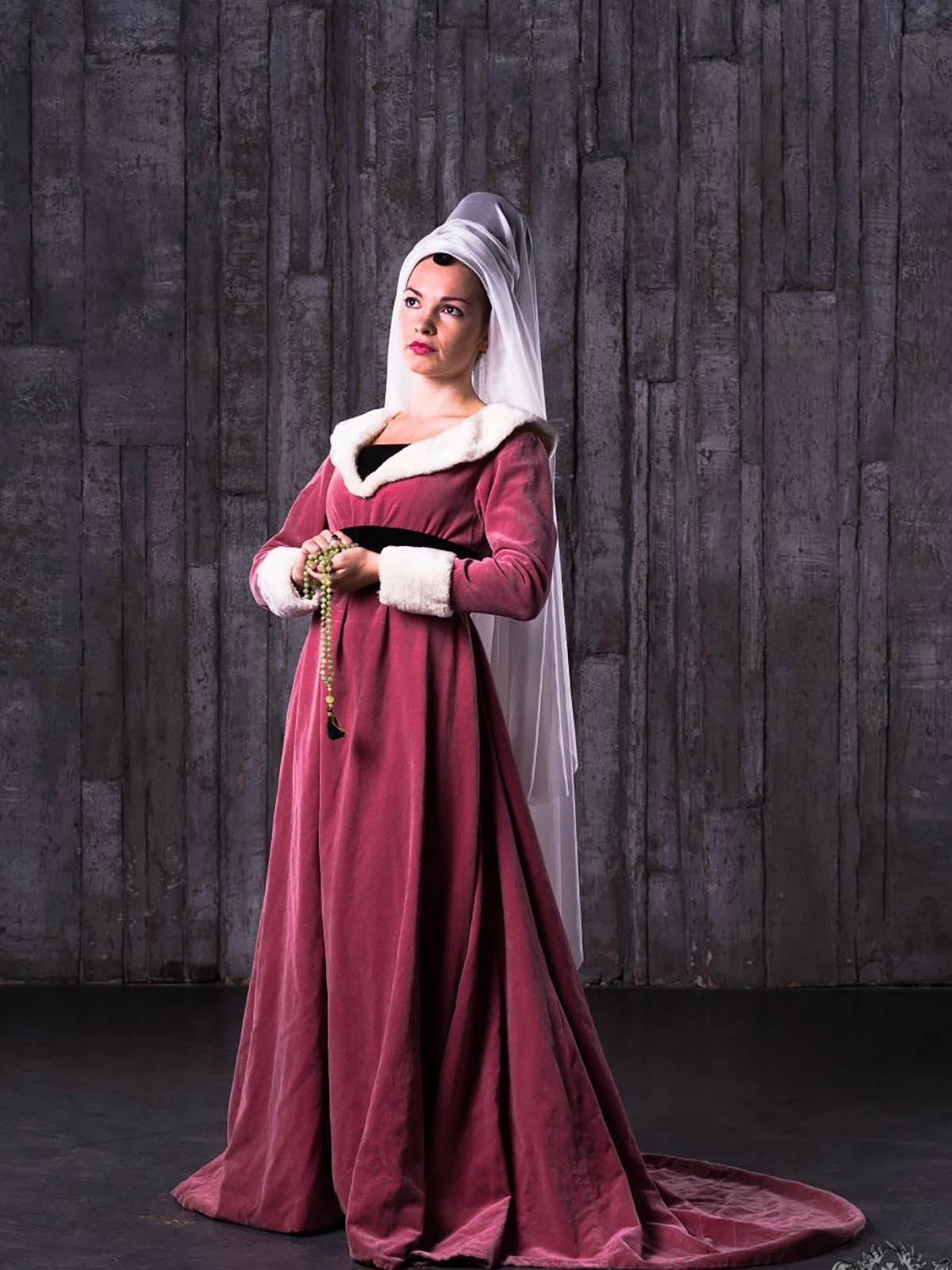
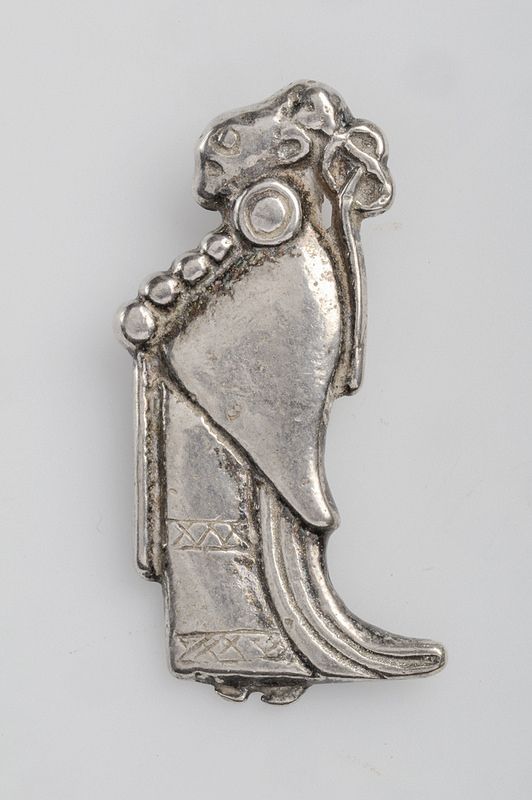
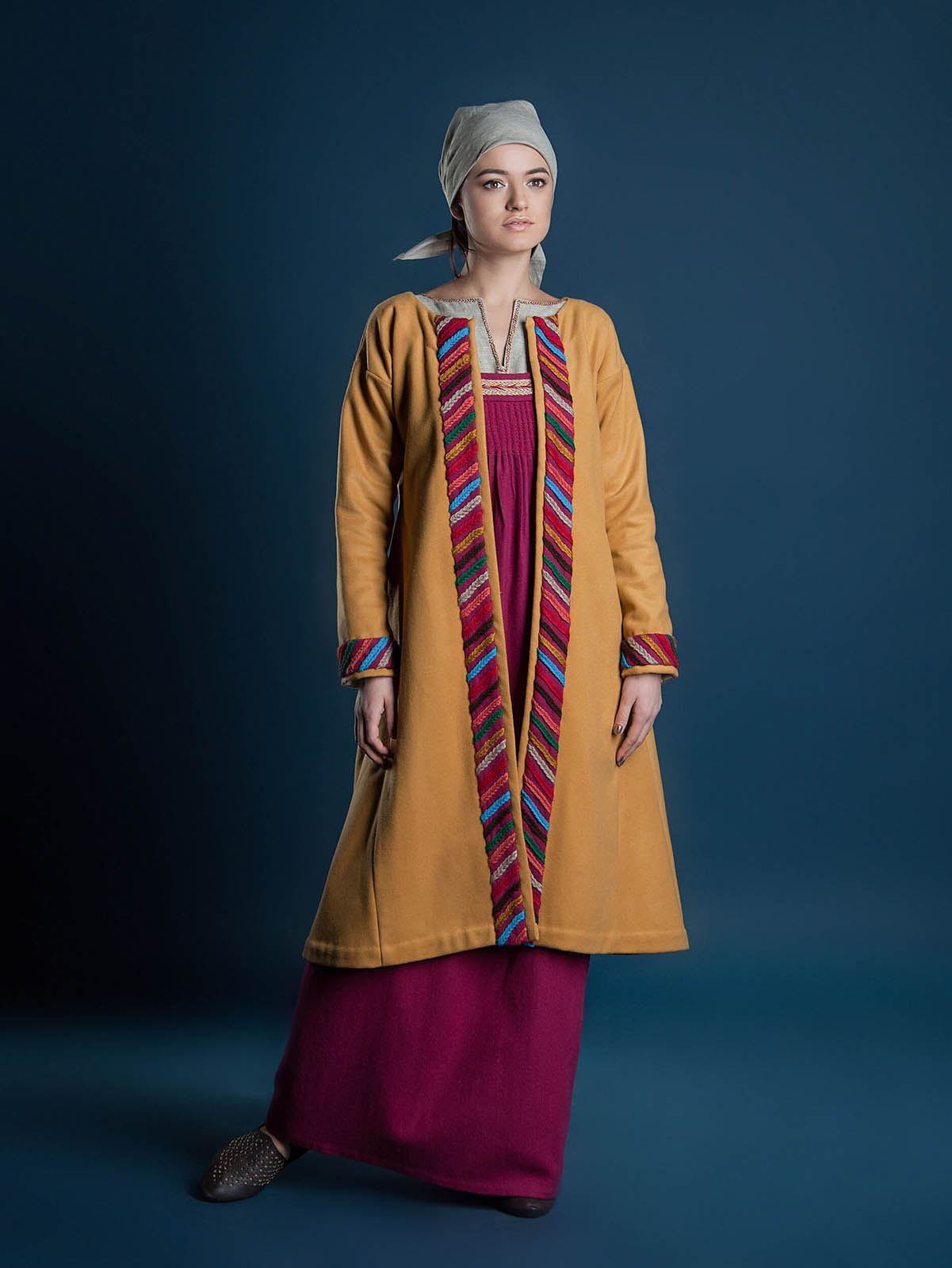
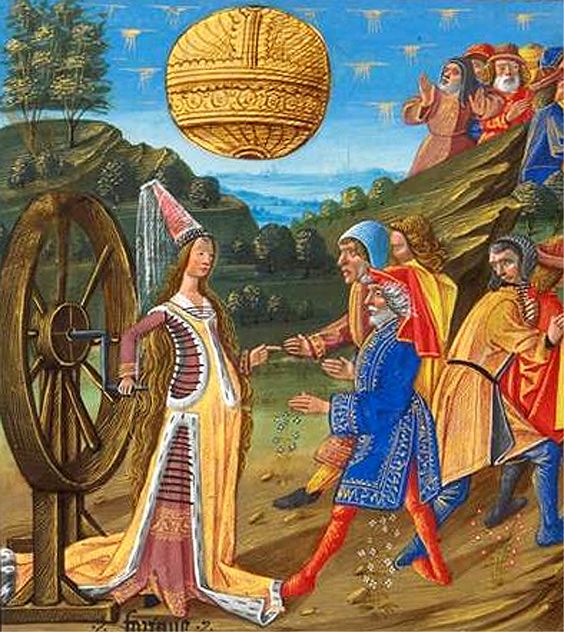
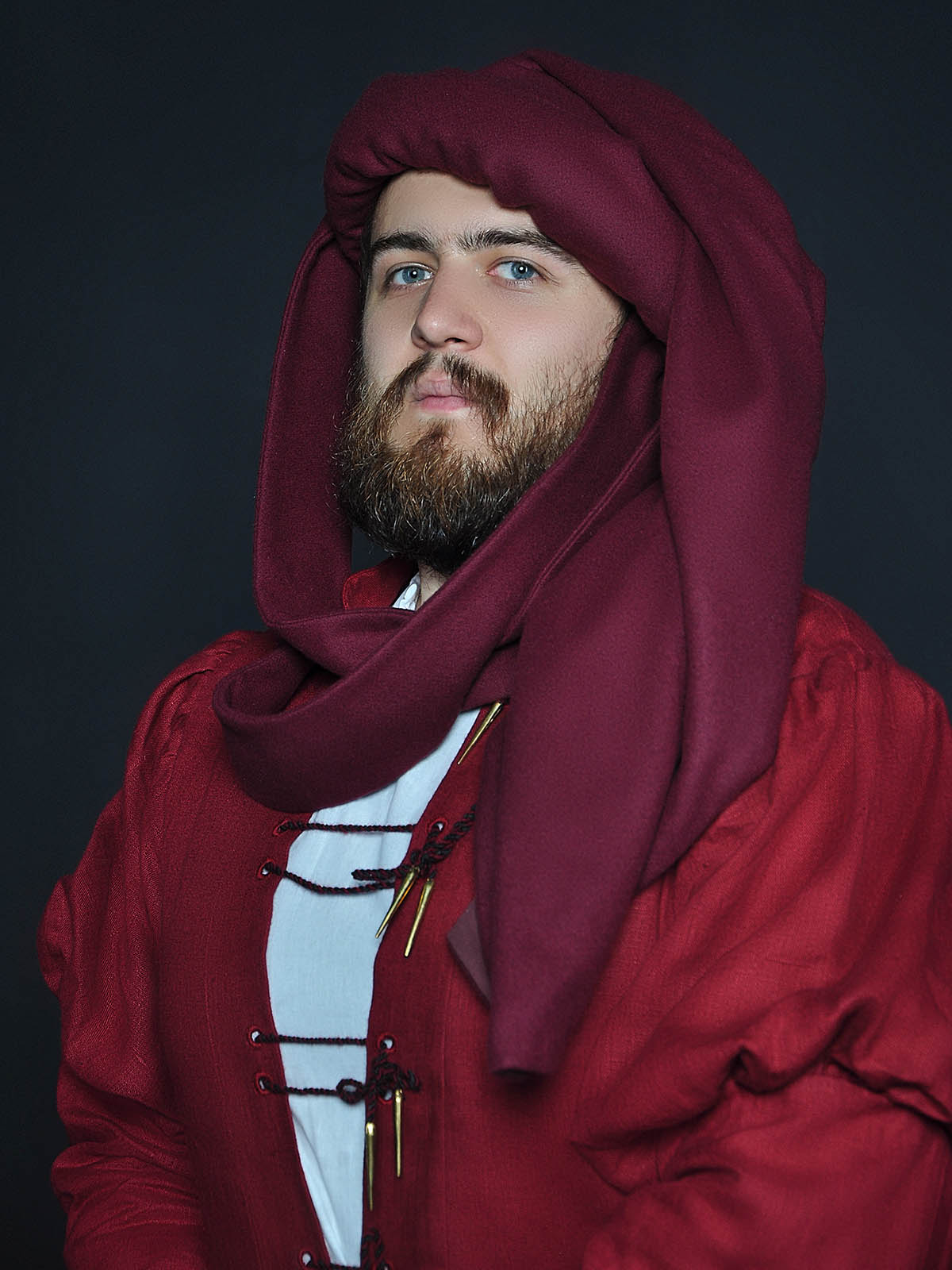
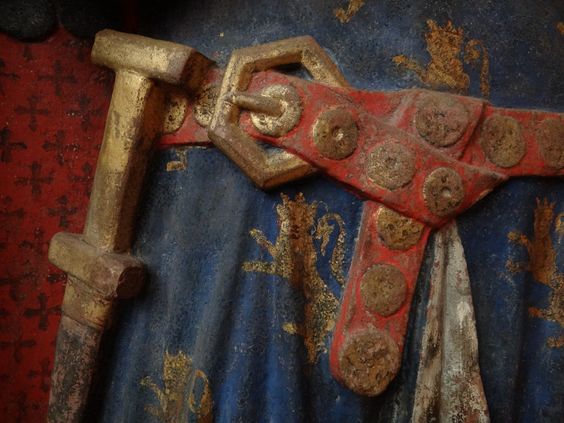
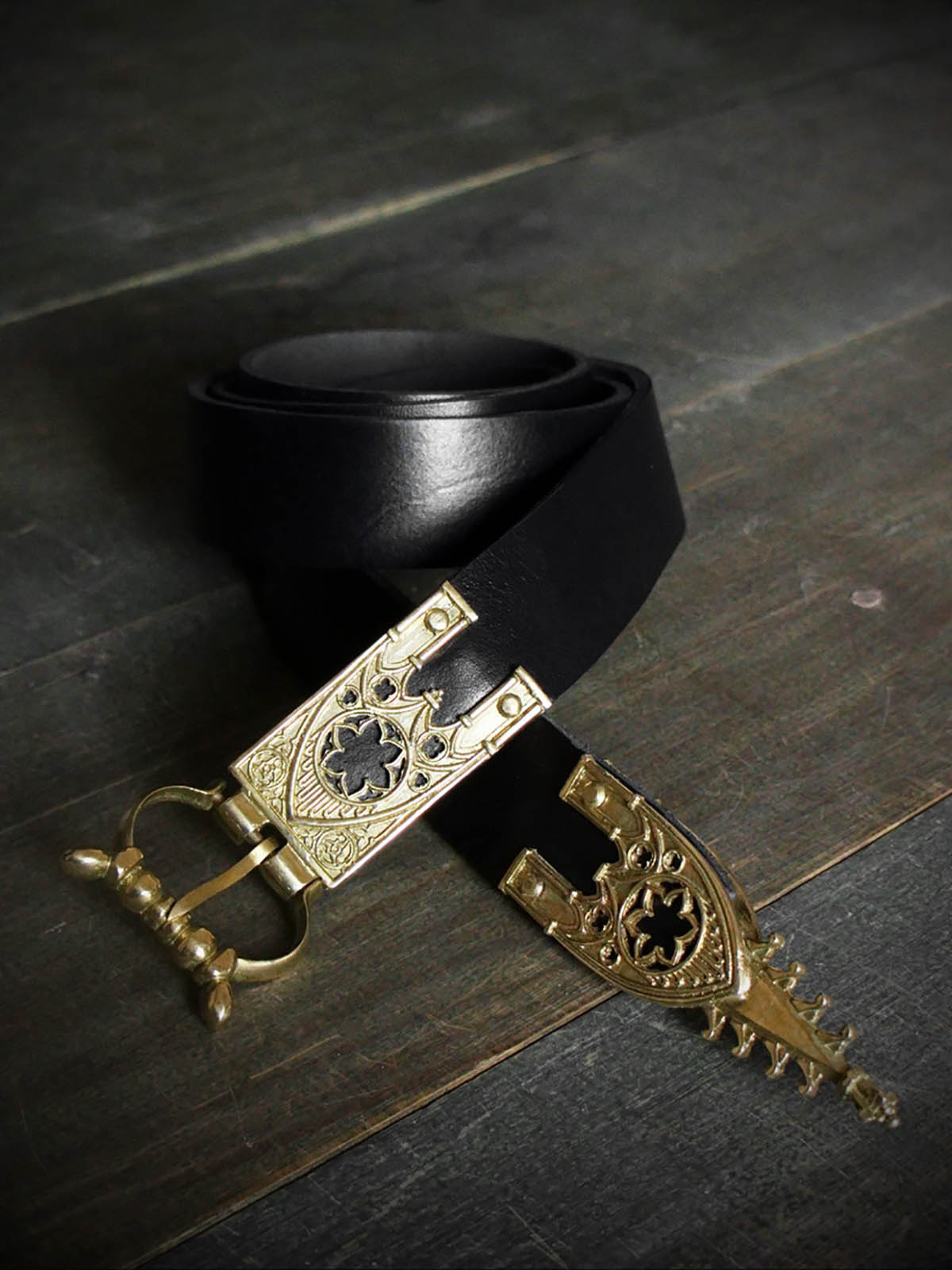
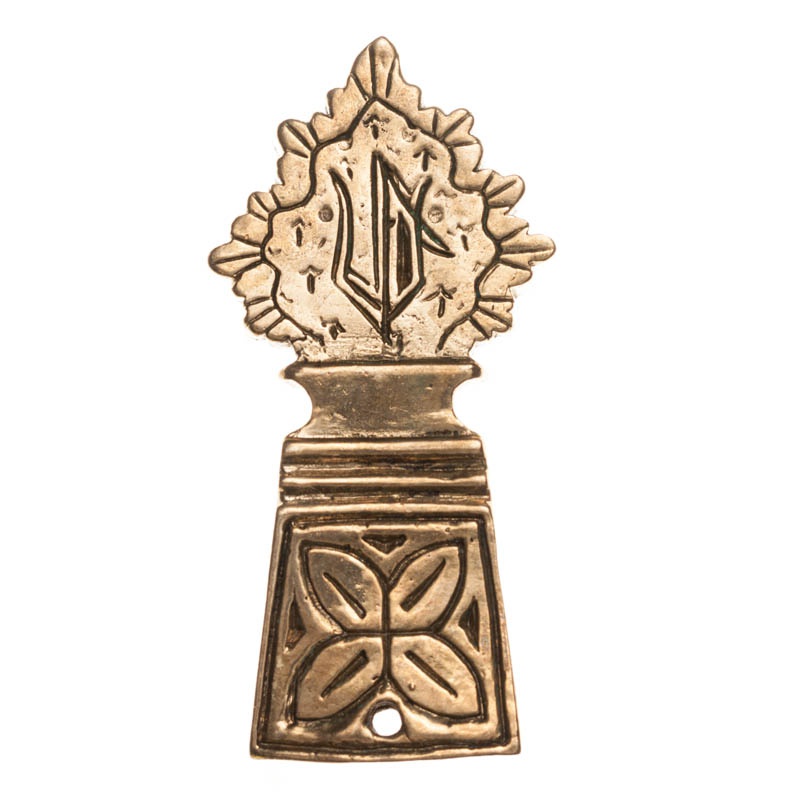
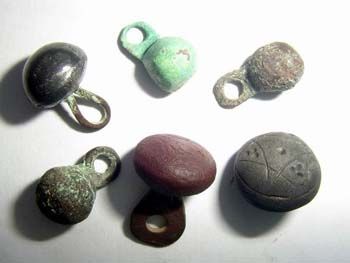
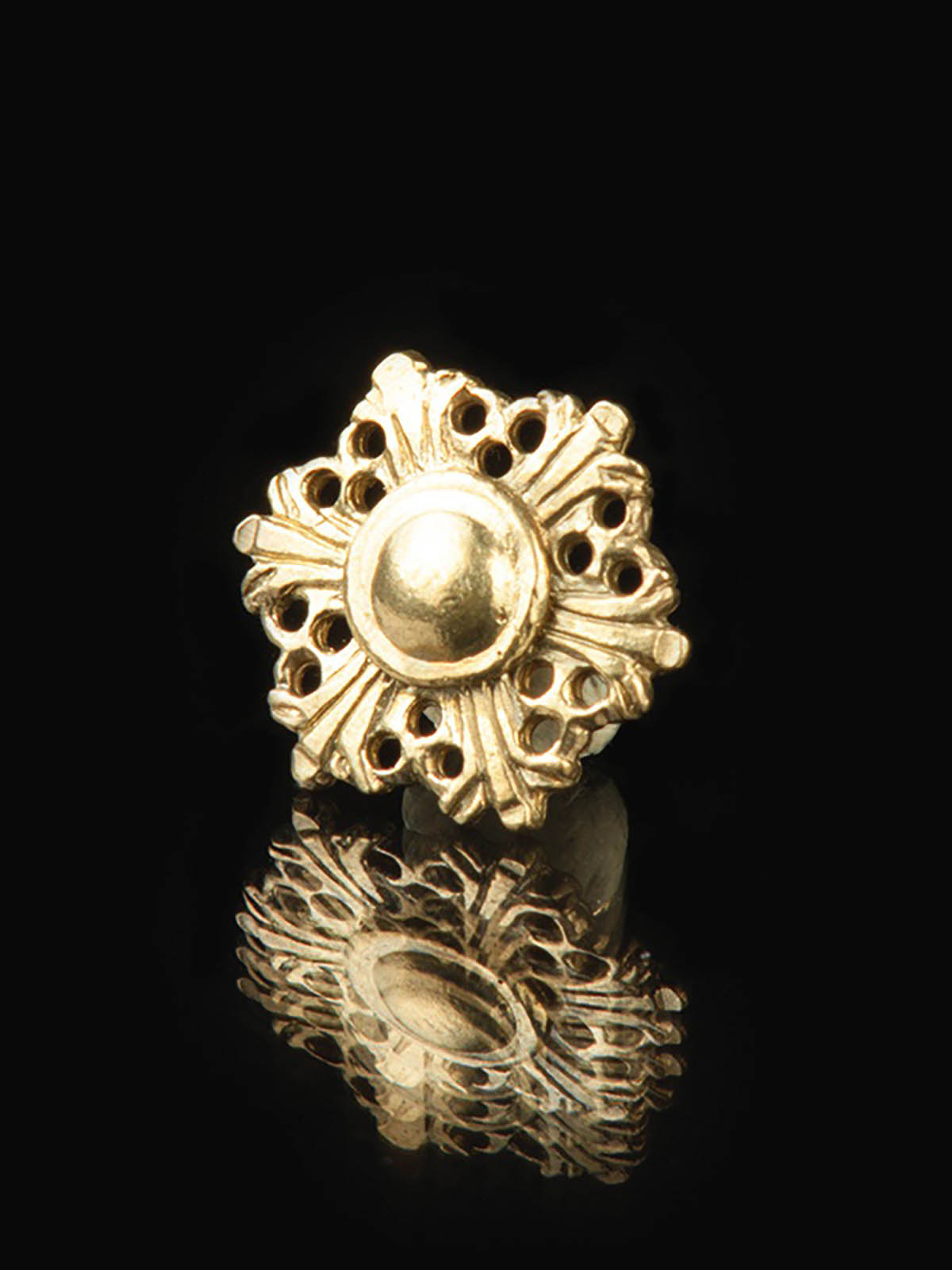
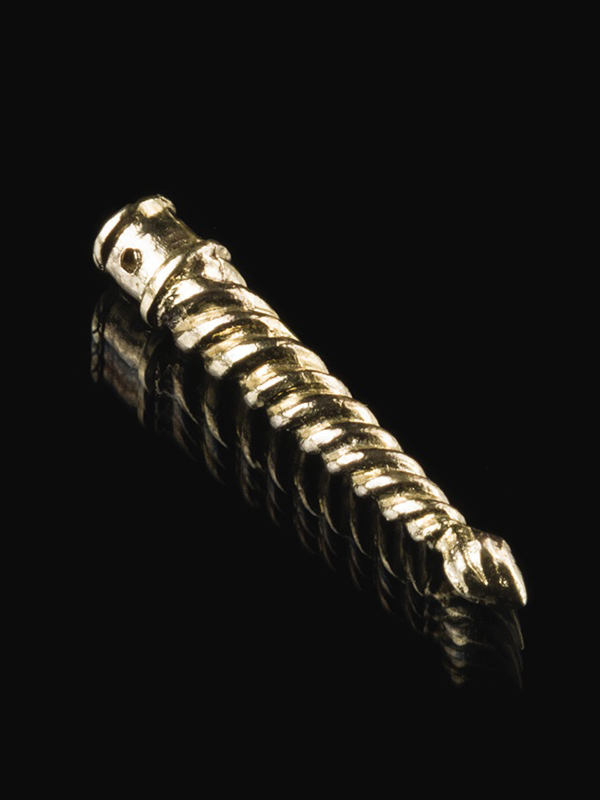
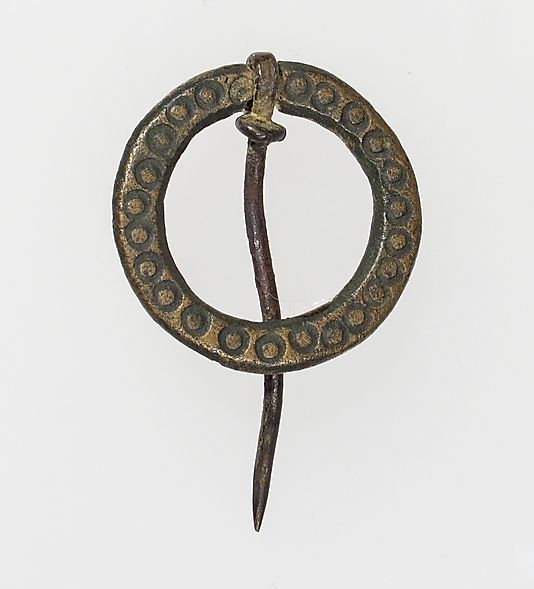
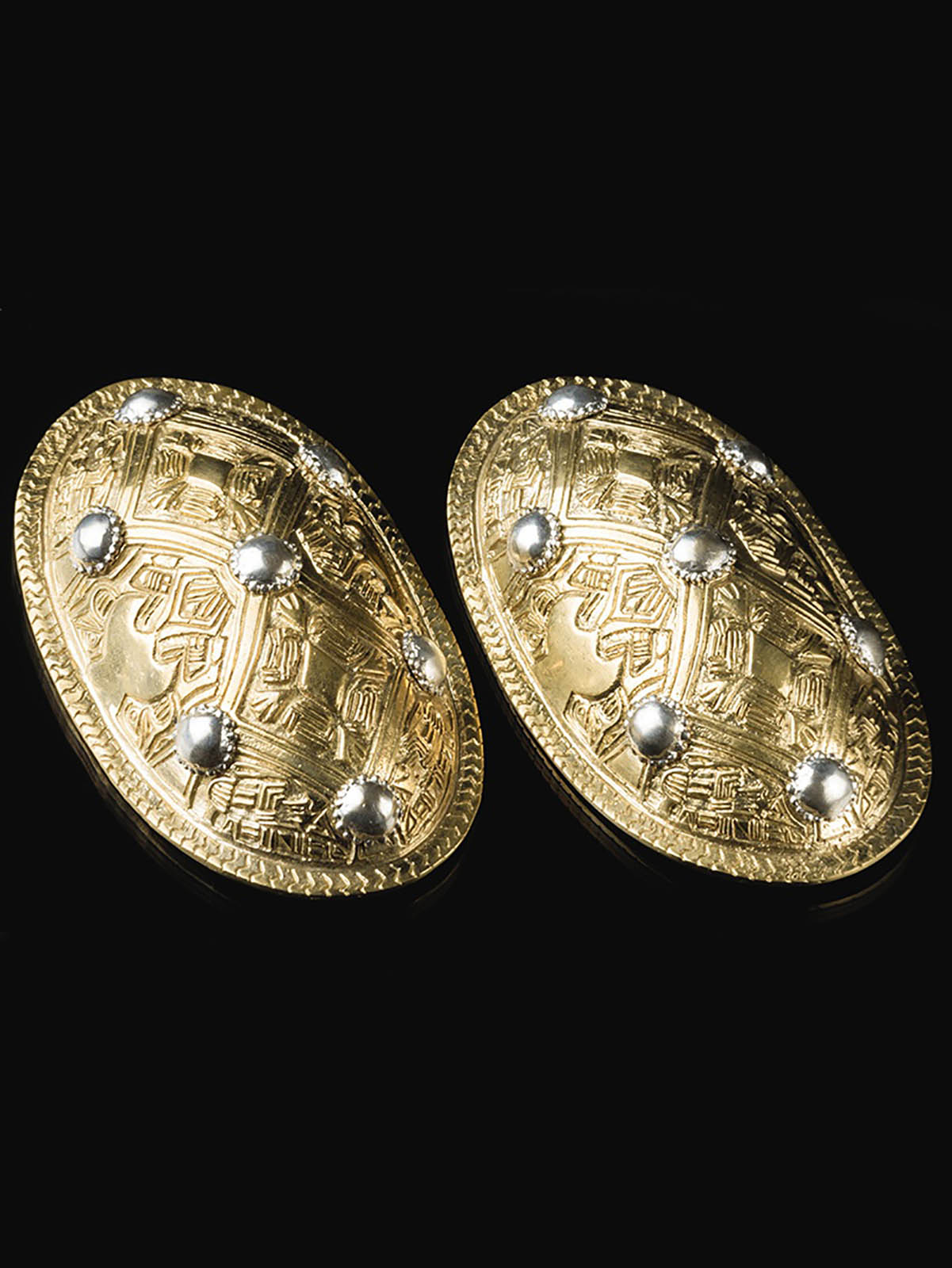
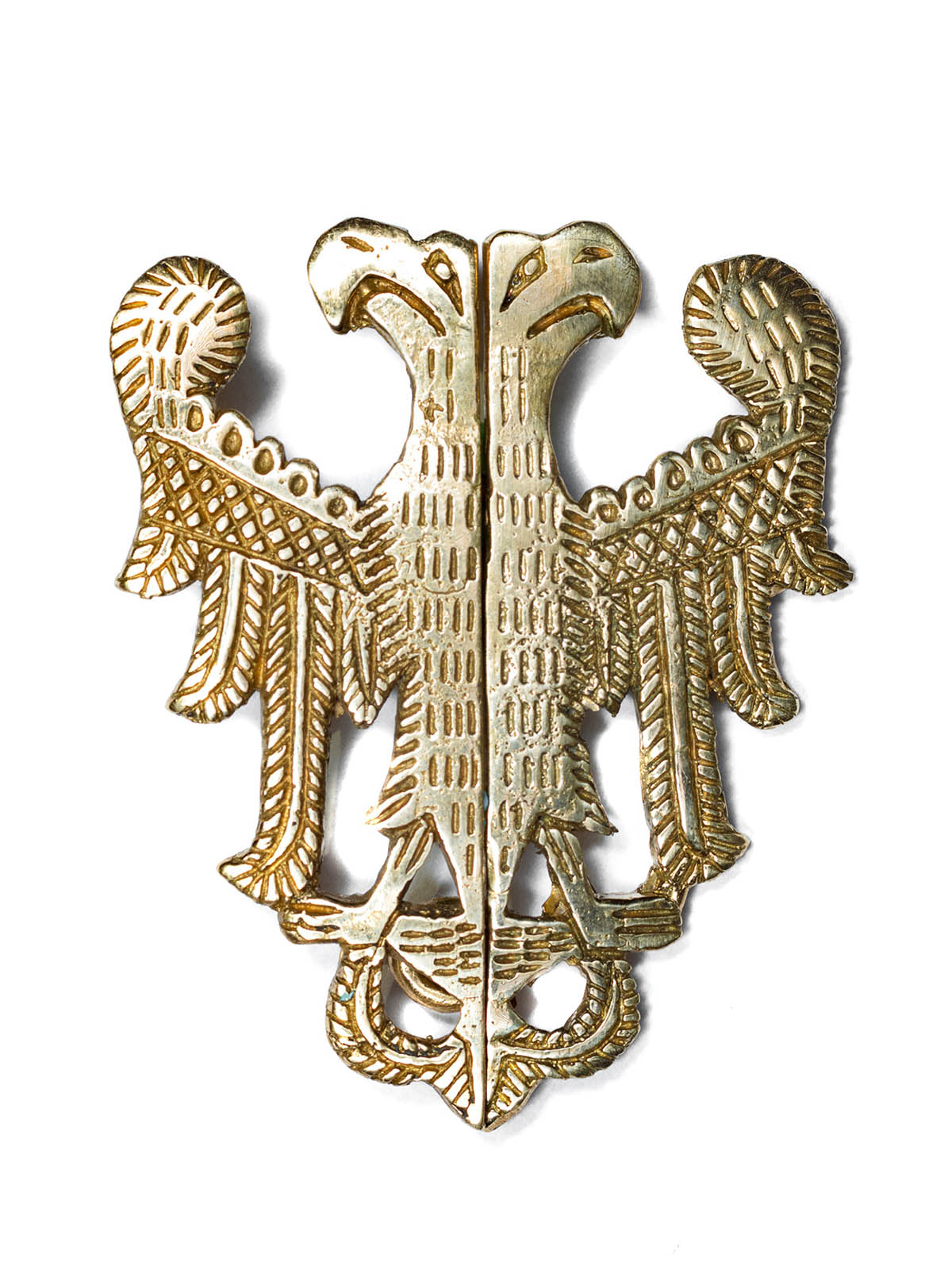
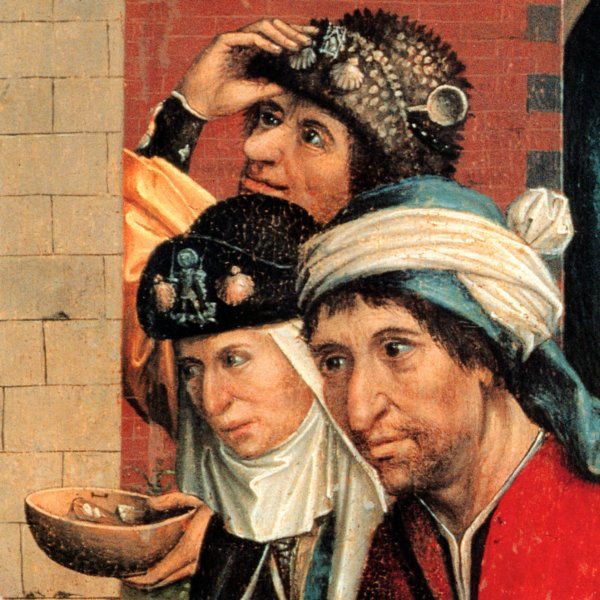
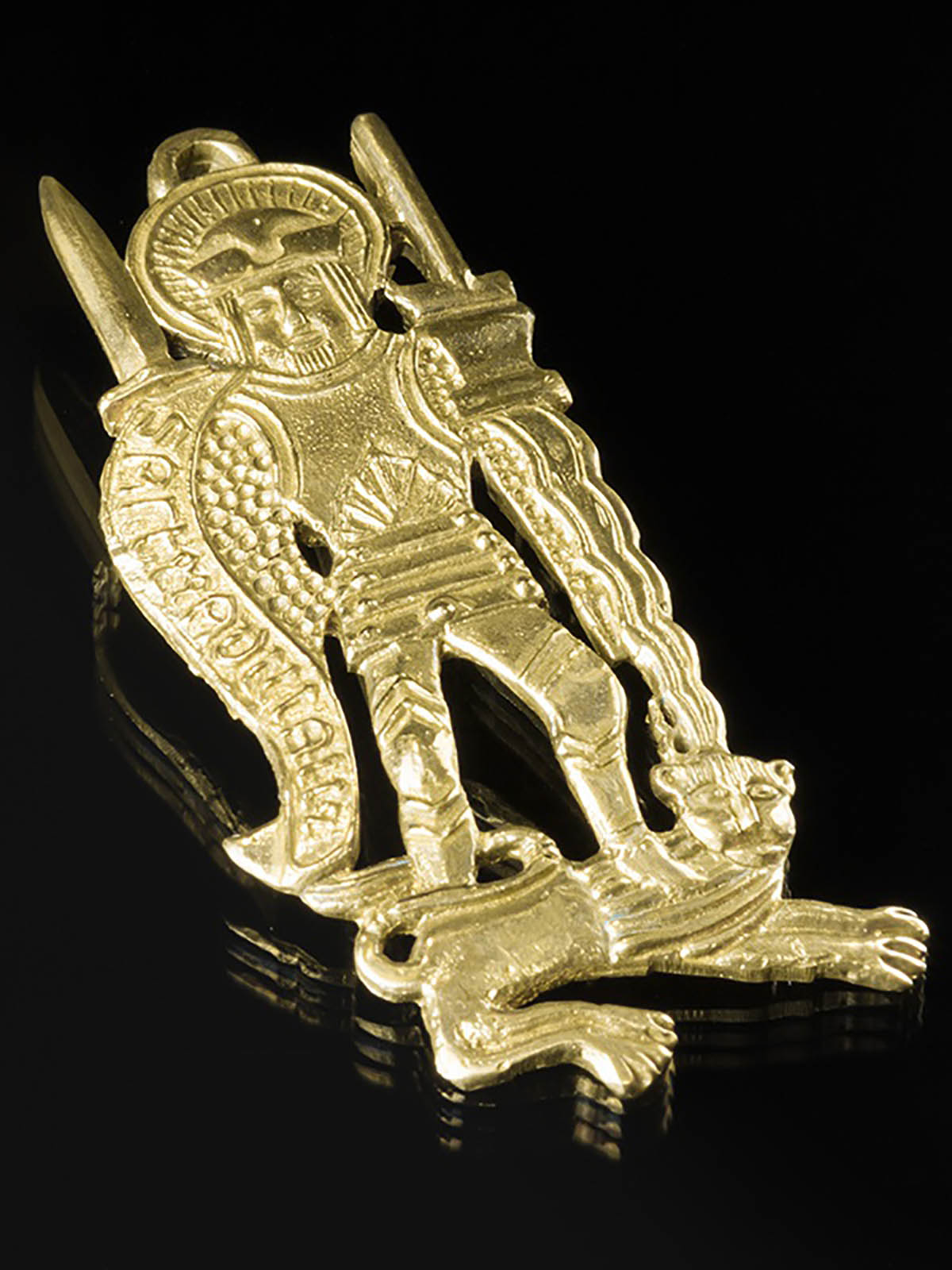
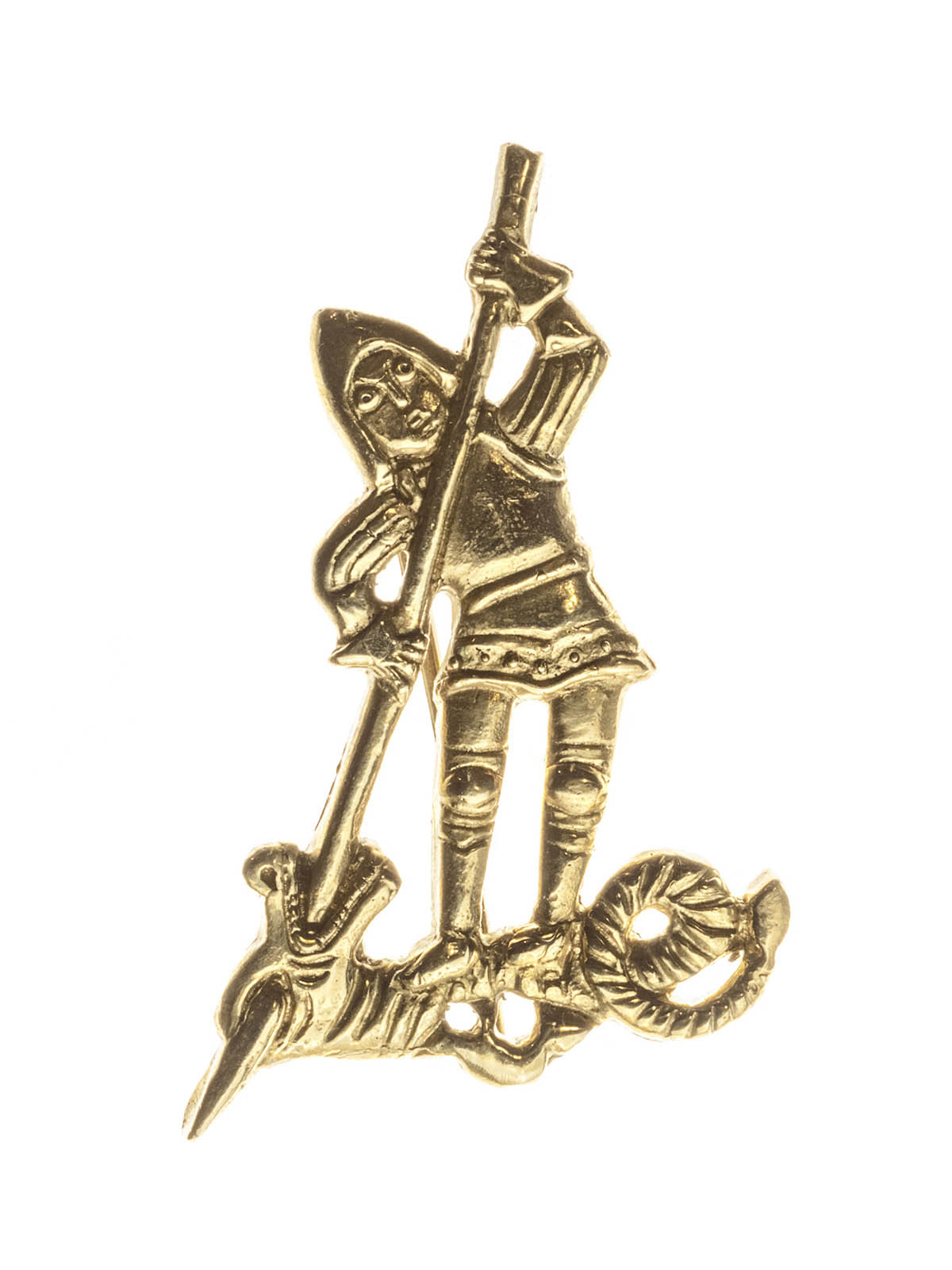
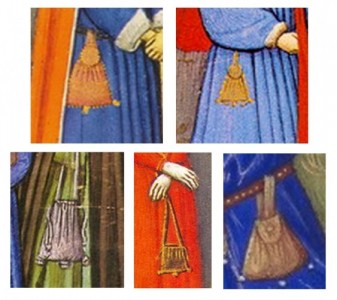
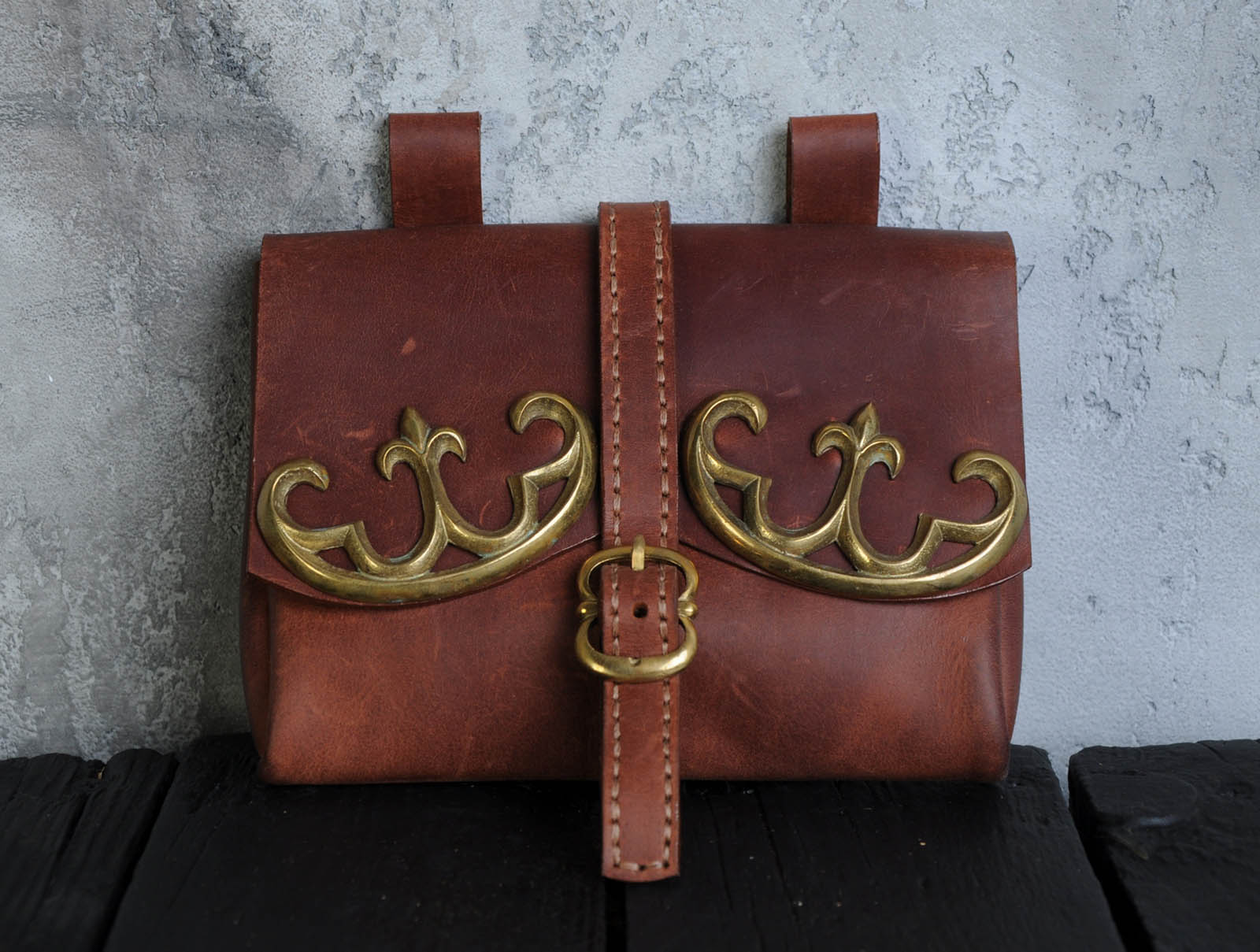
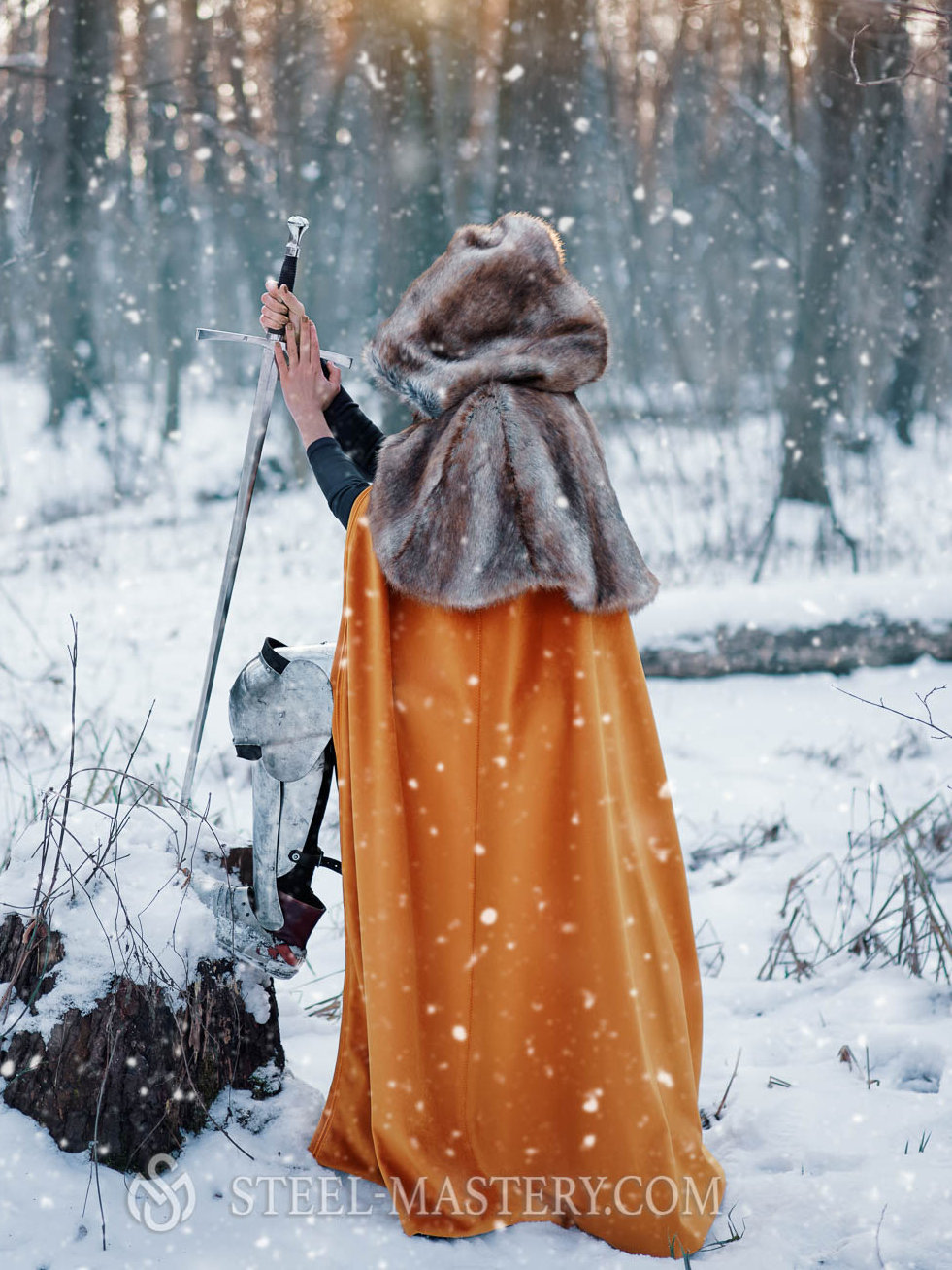
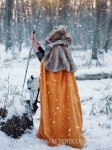
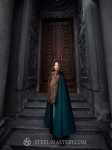
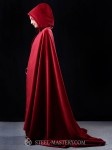

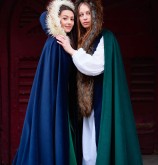
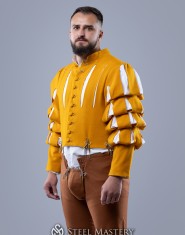
-0-1-3-185x235.jpg)
